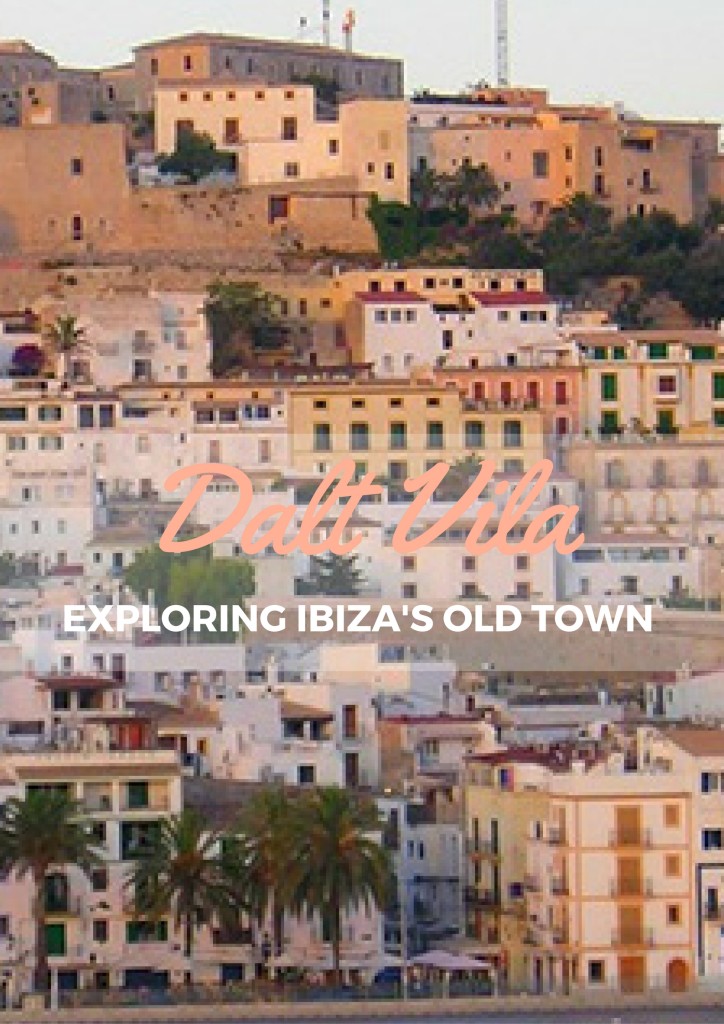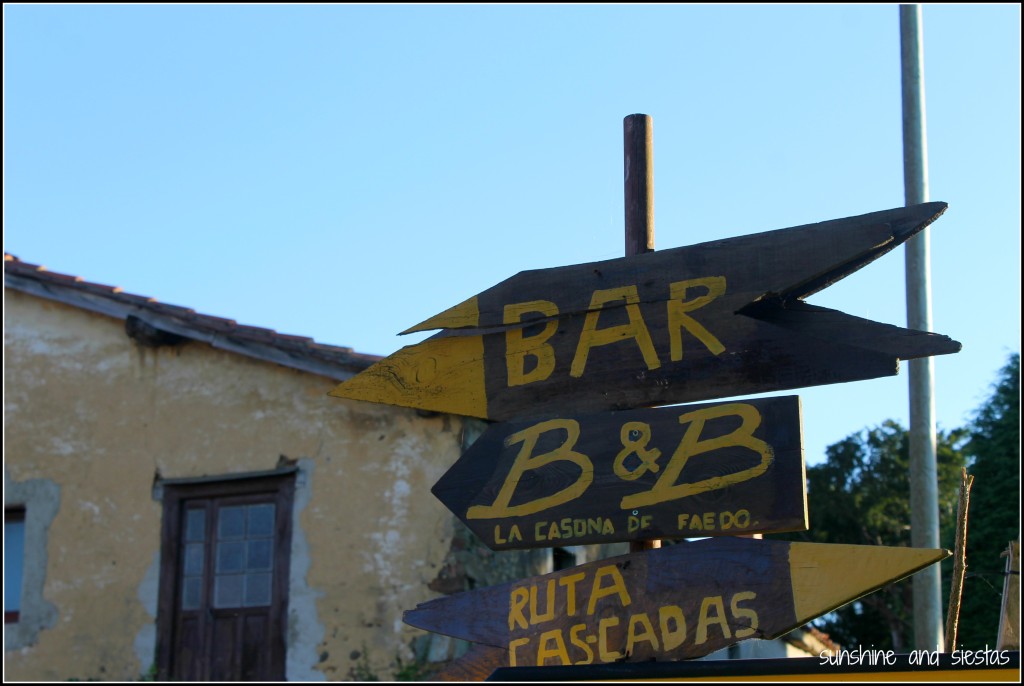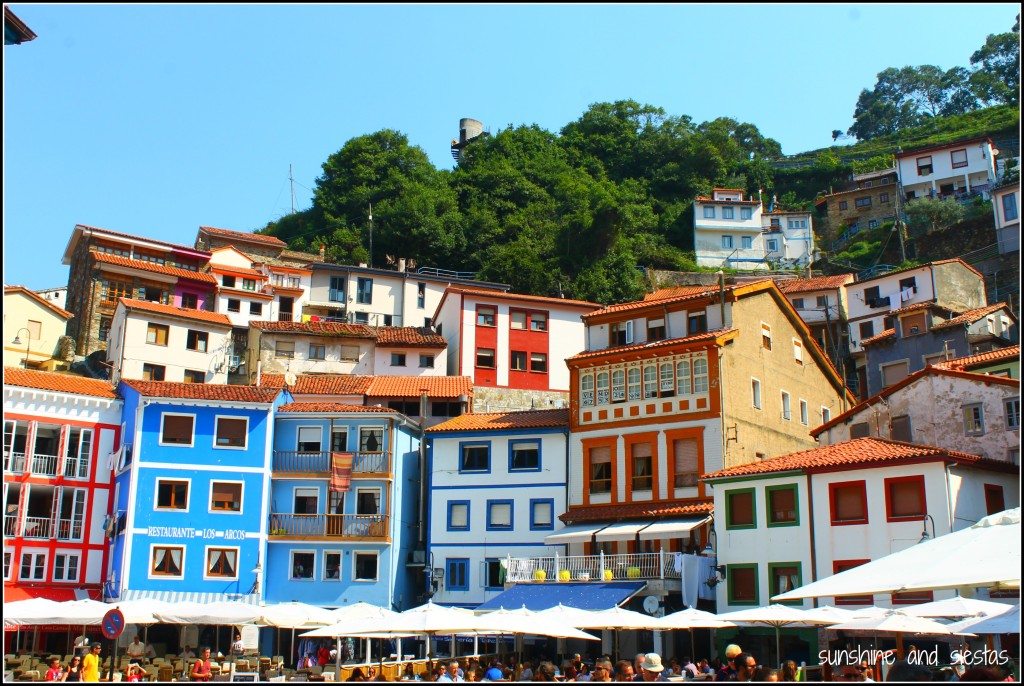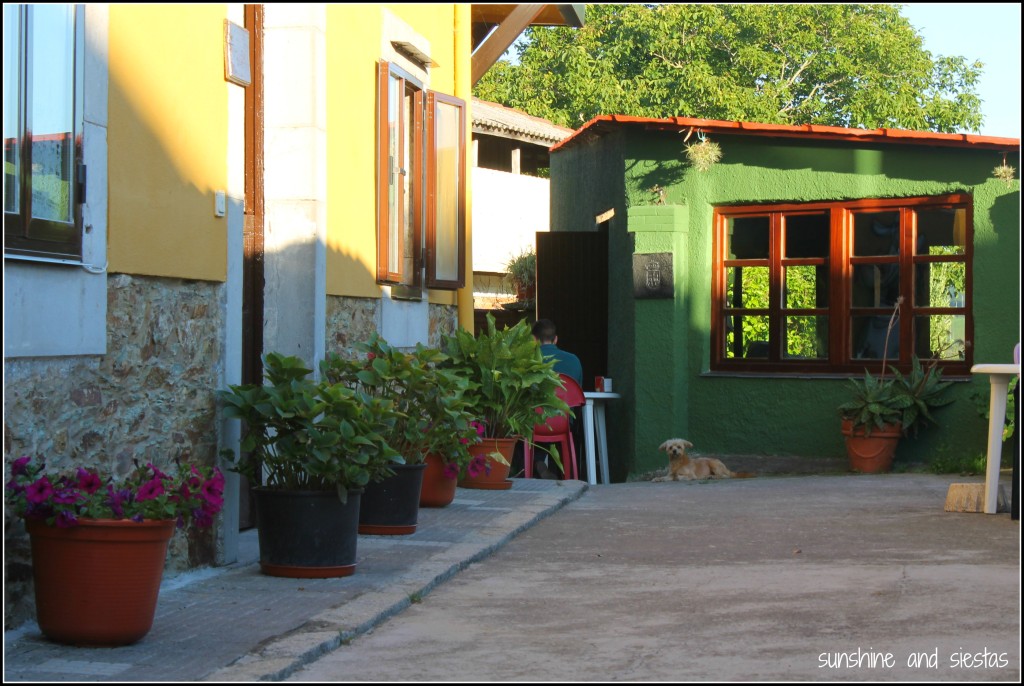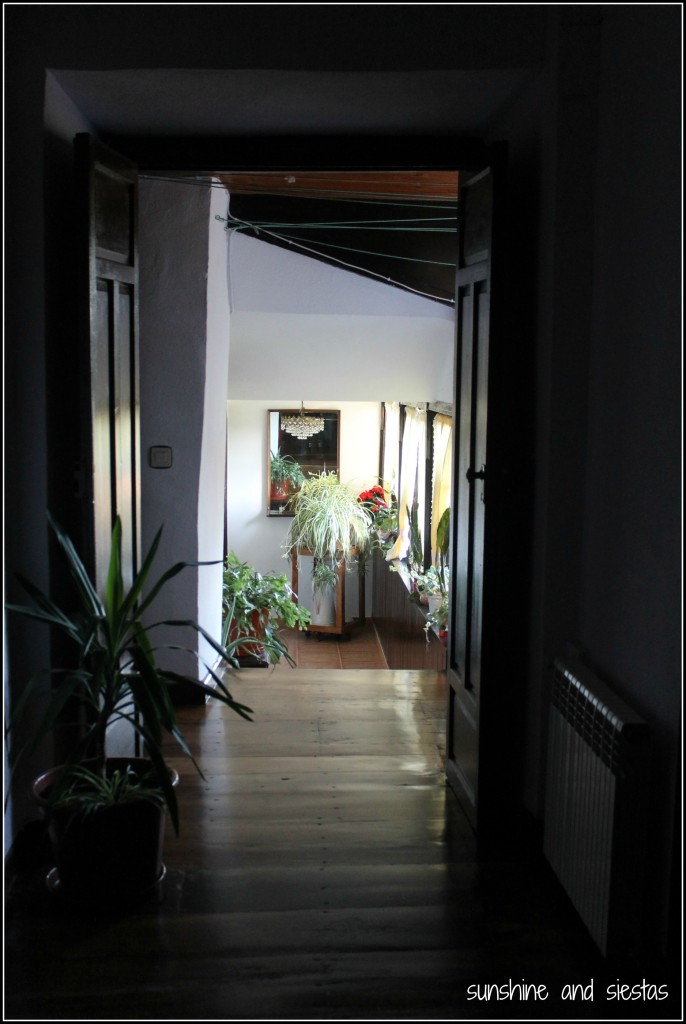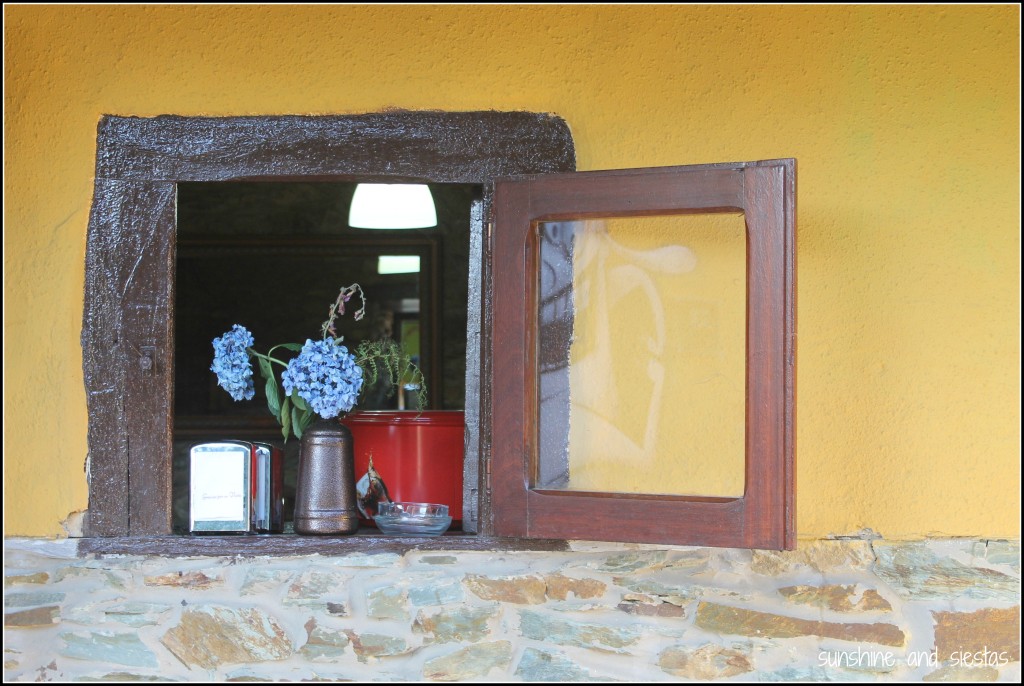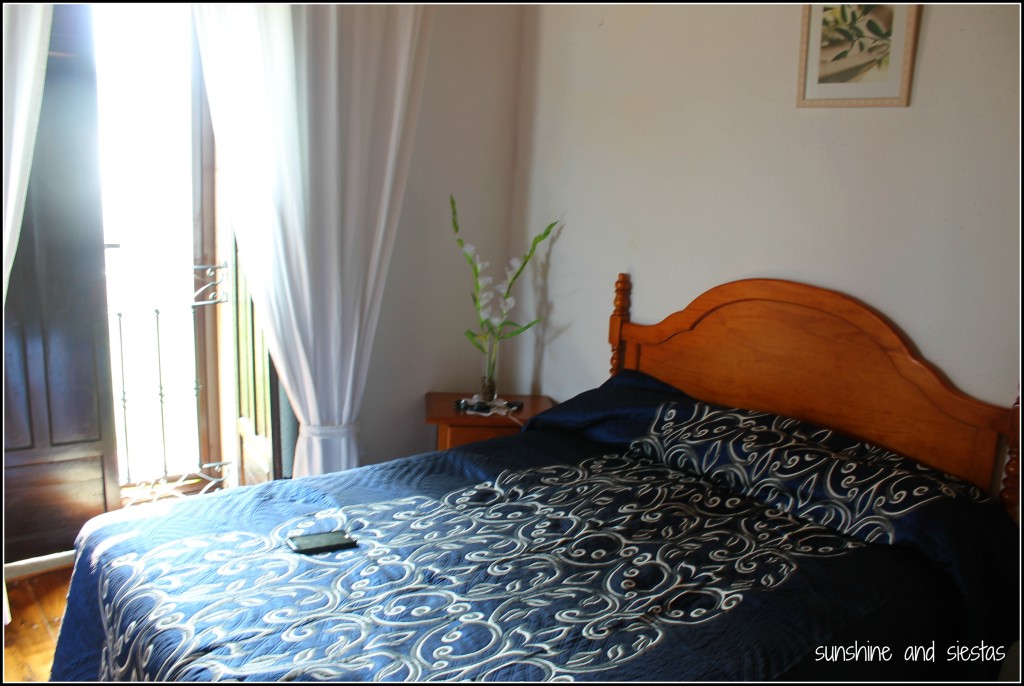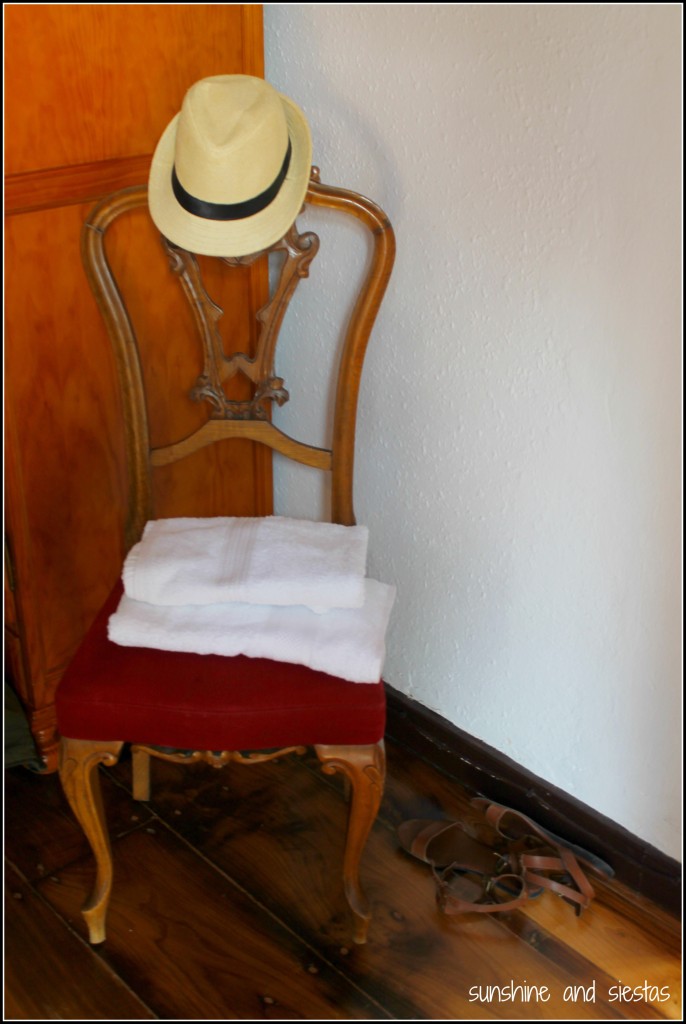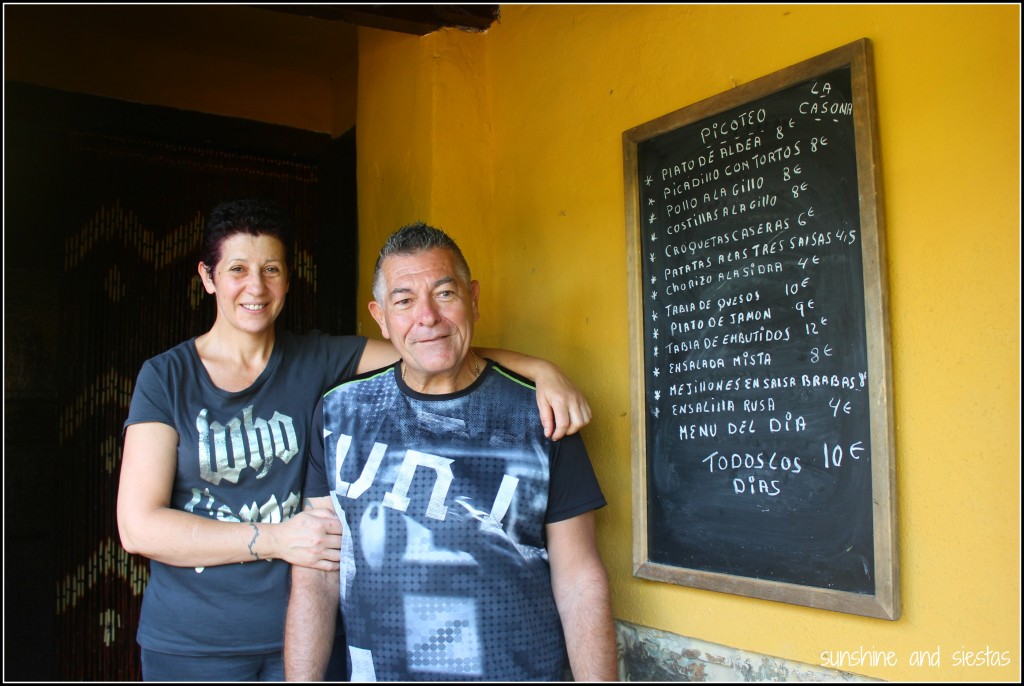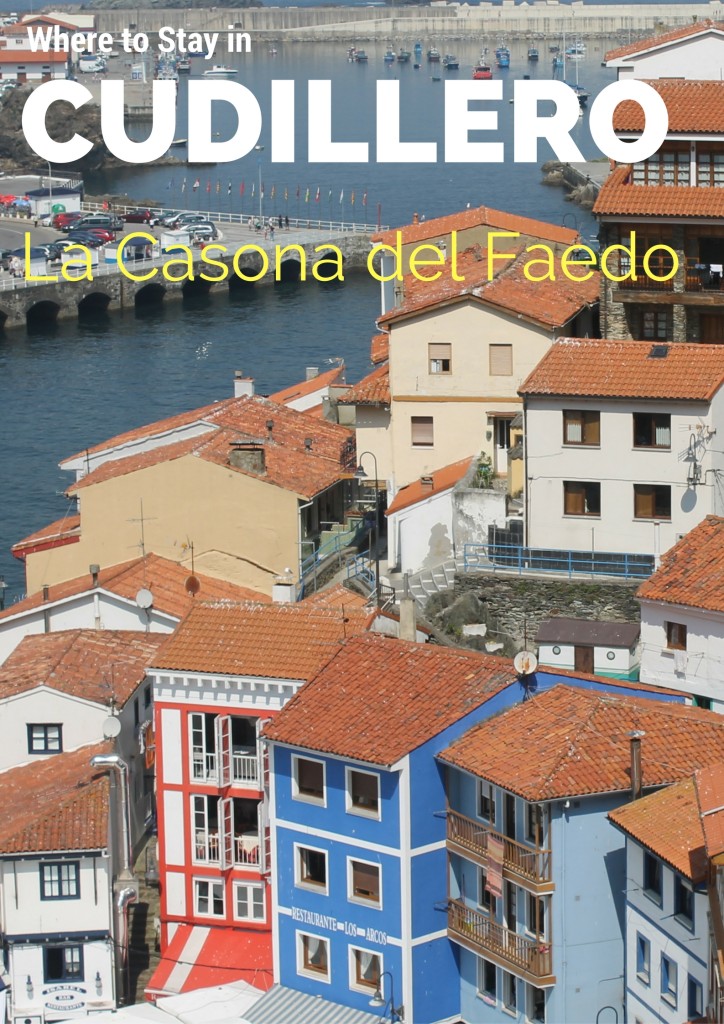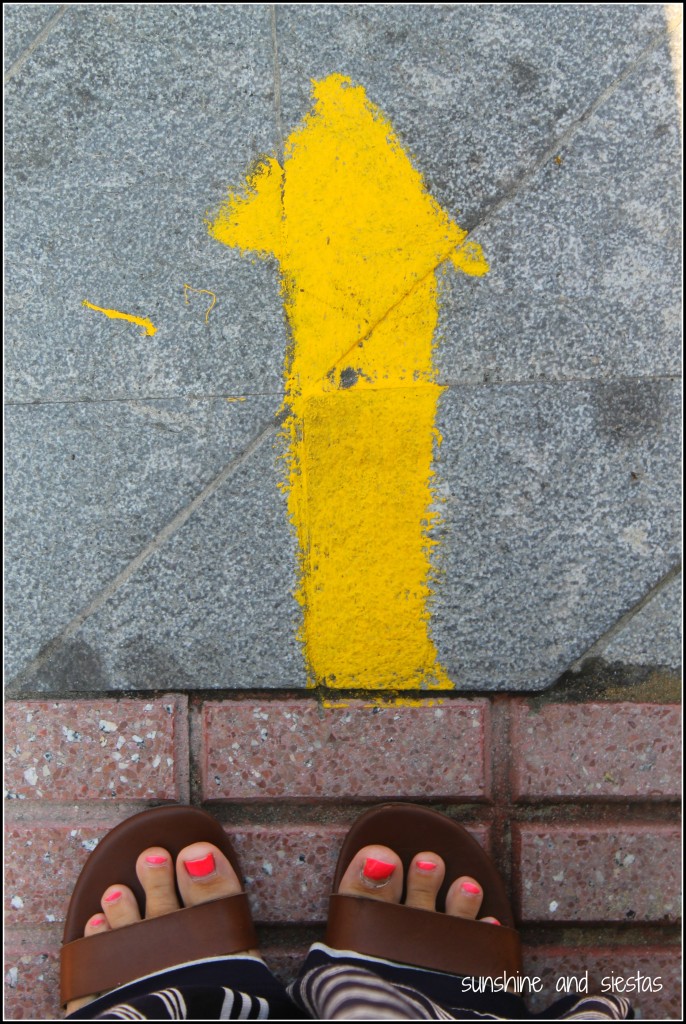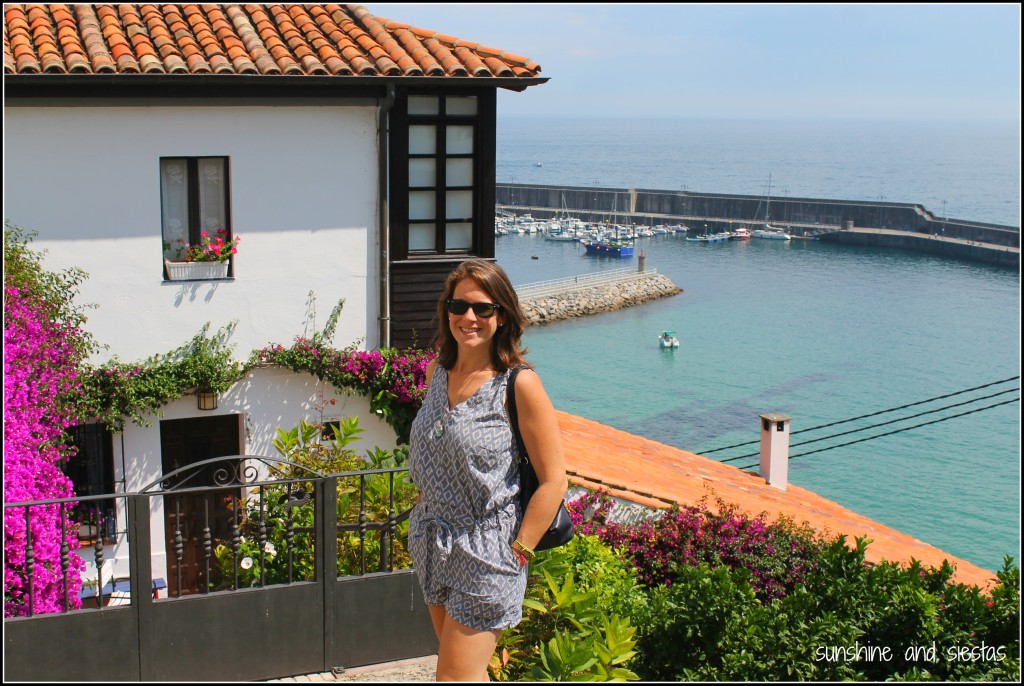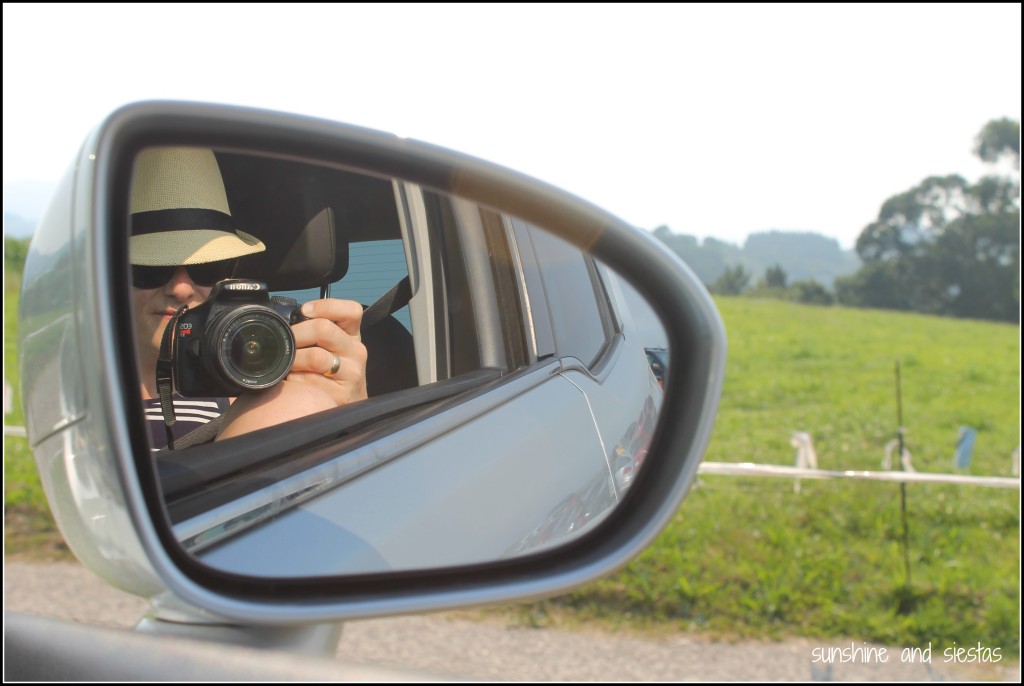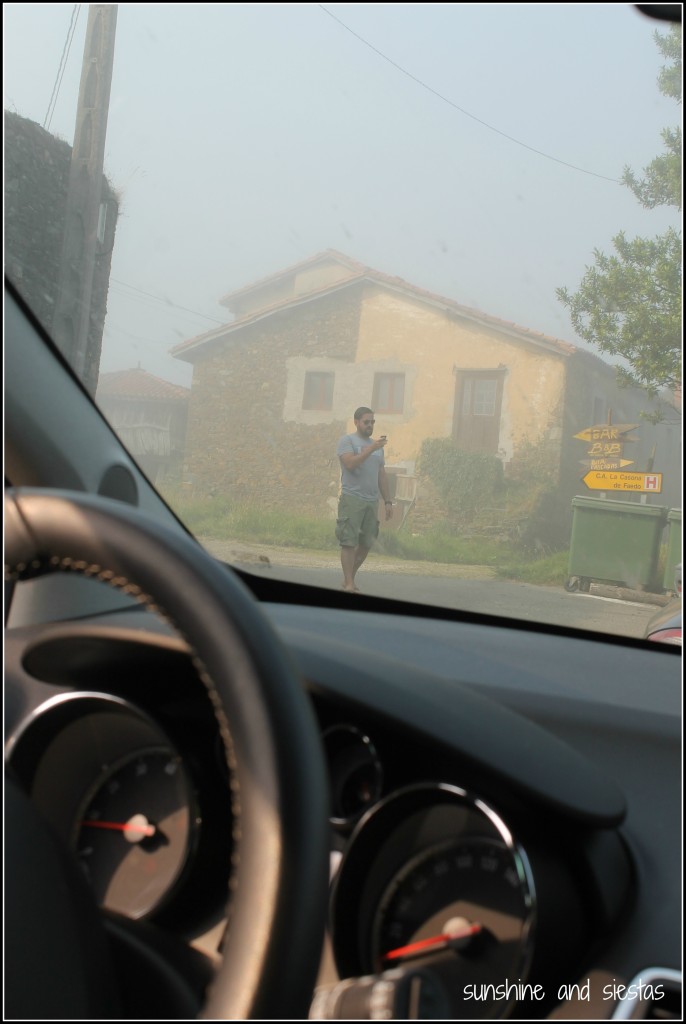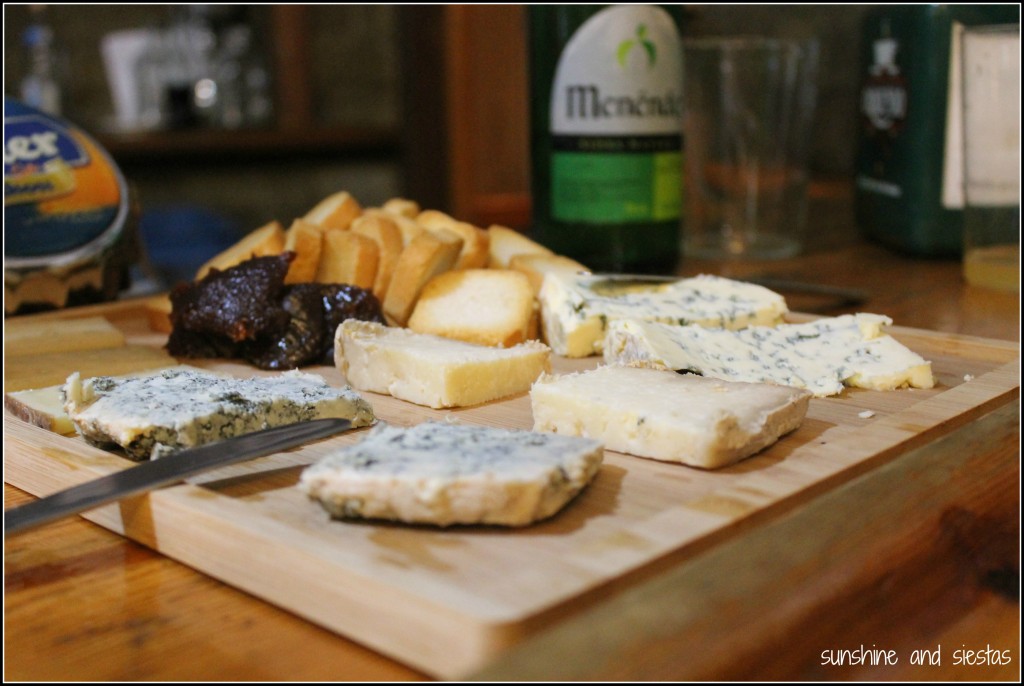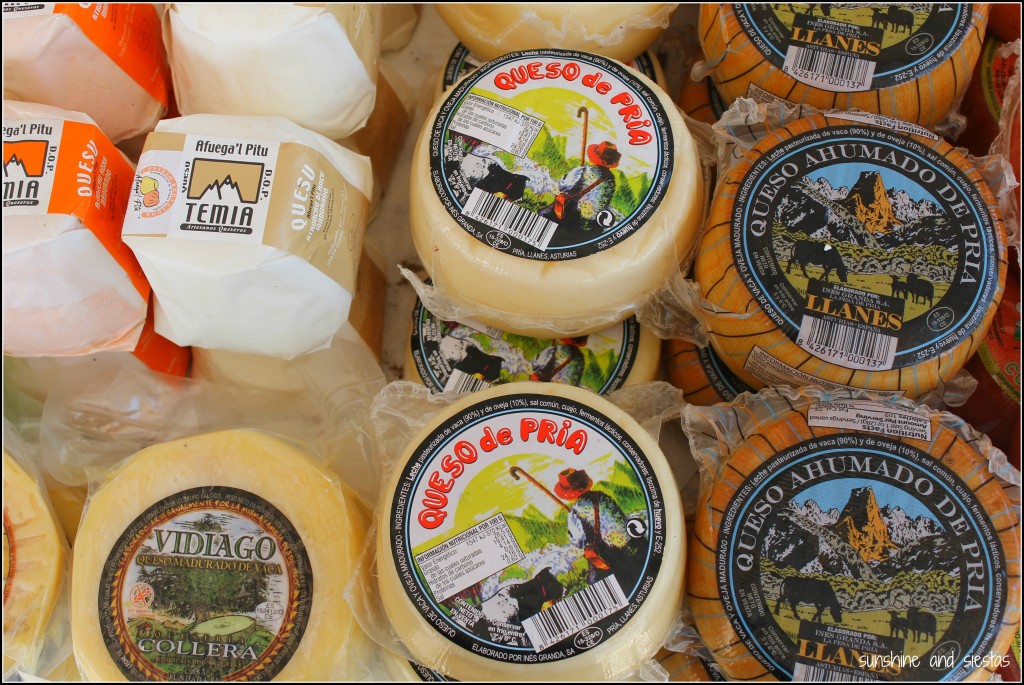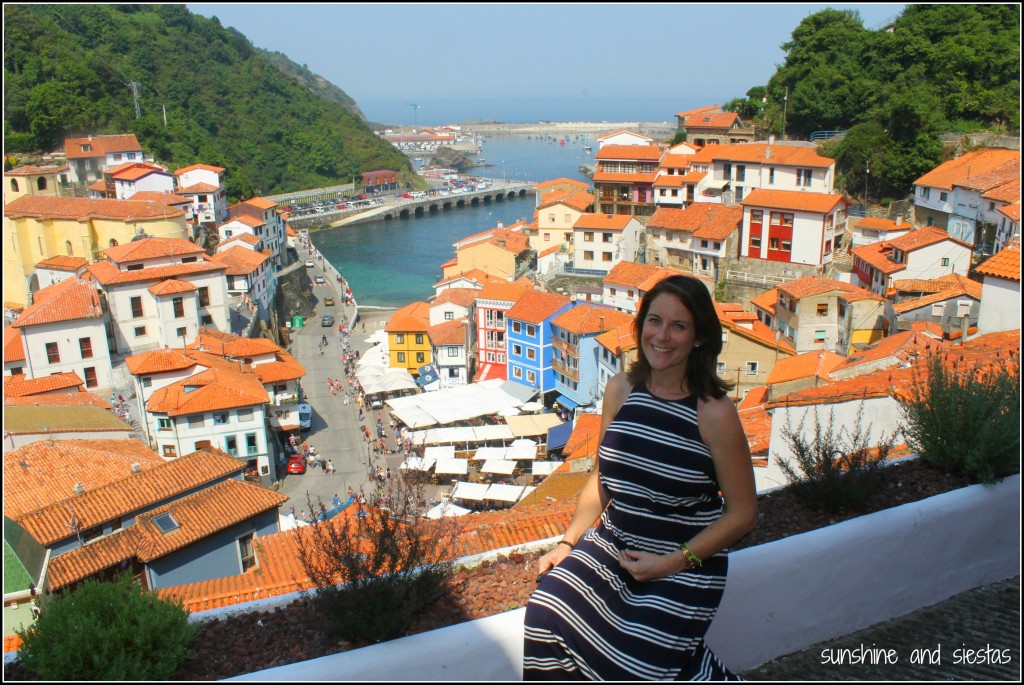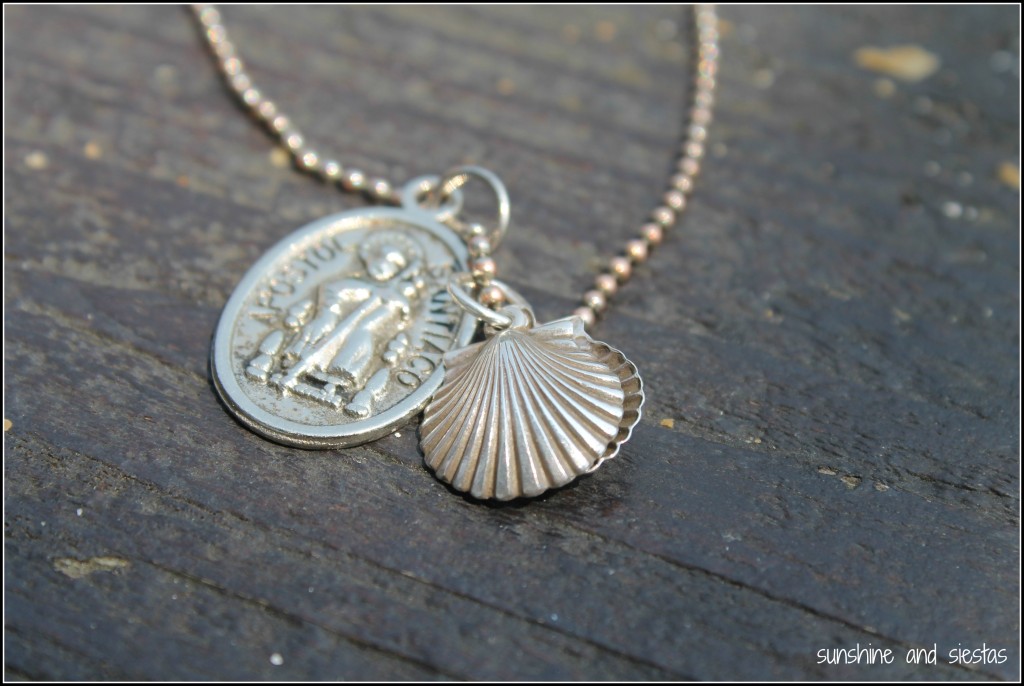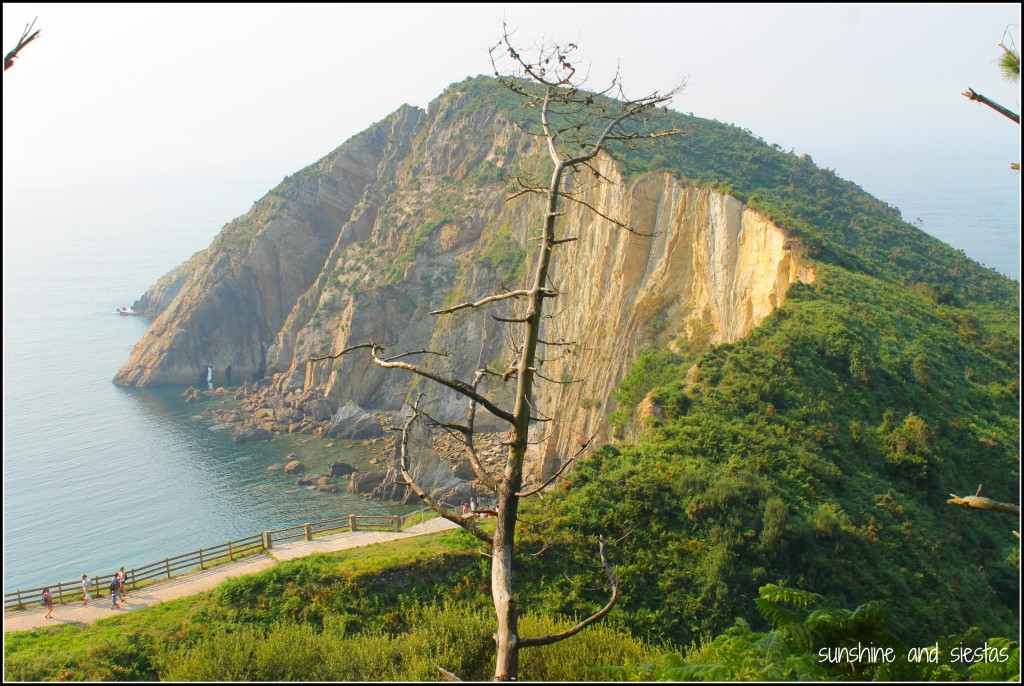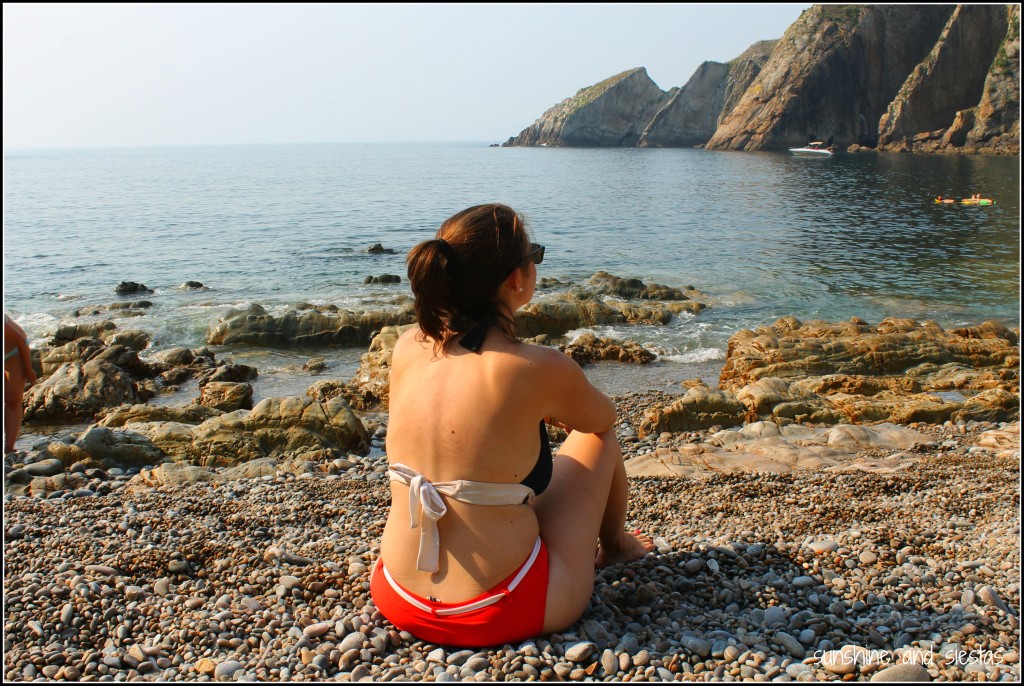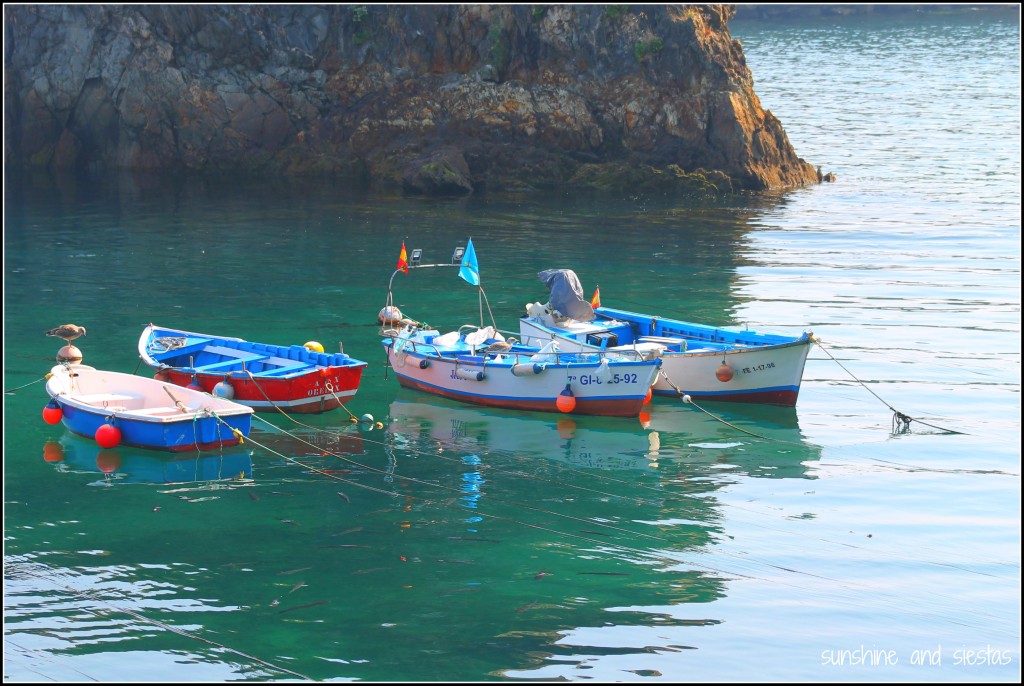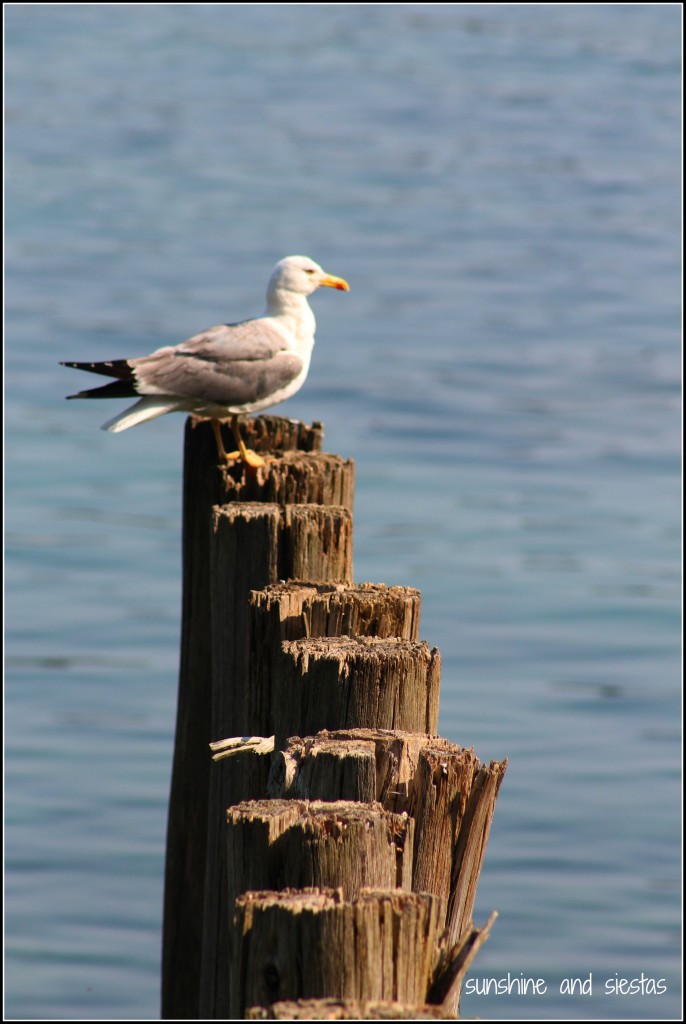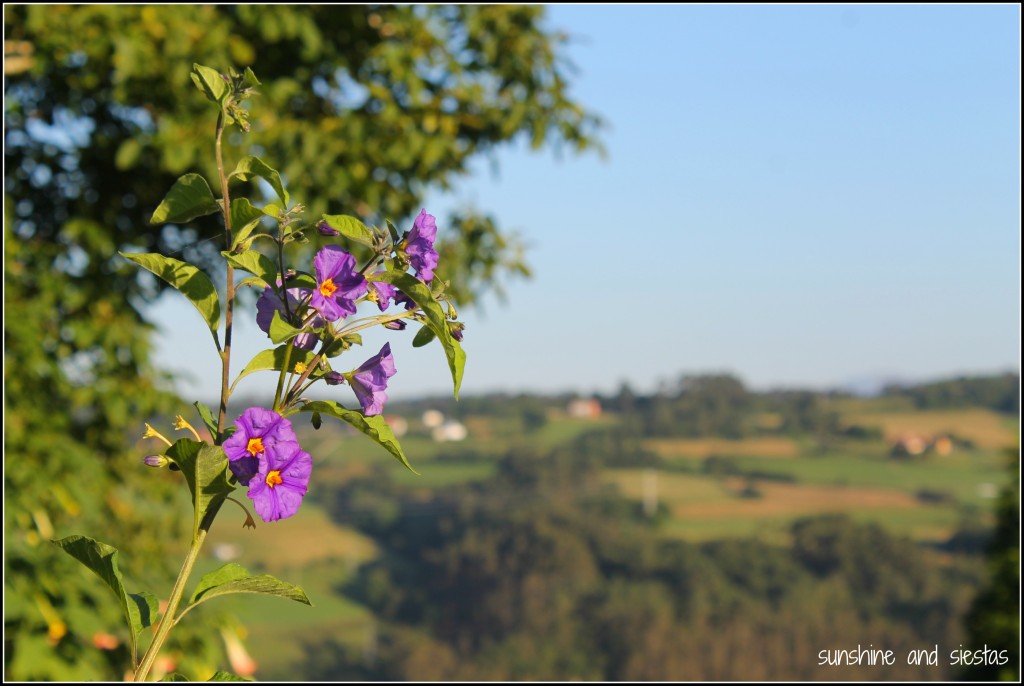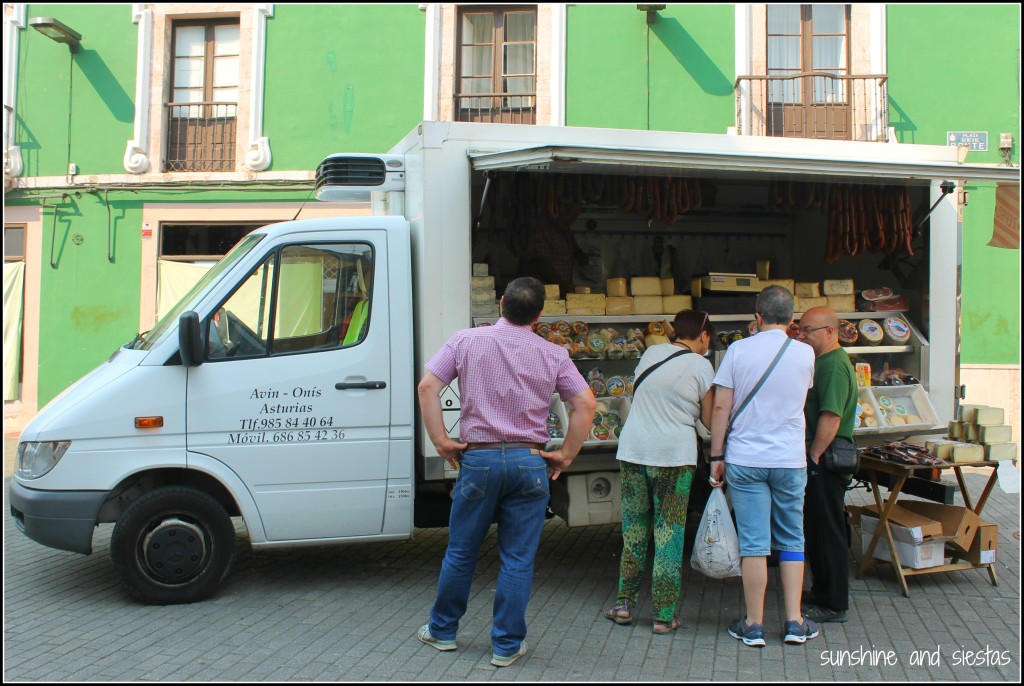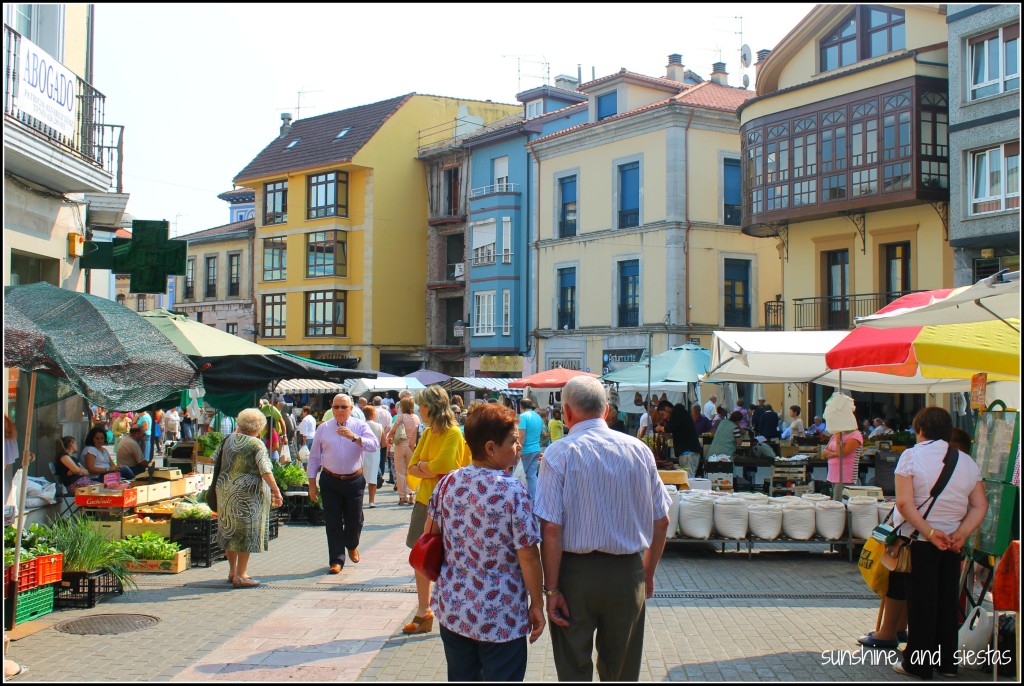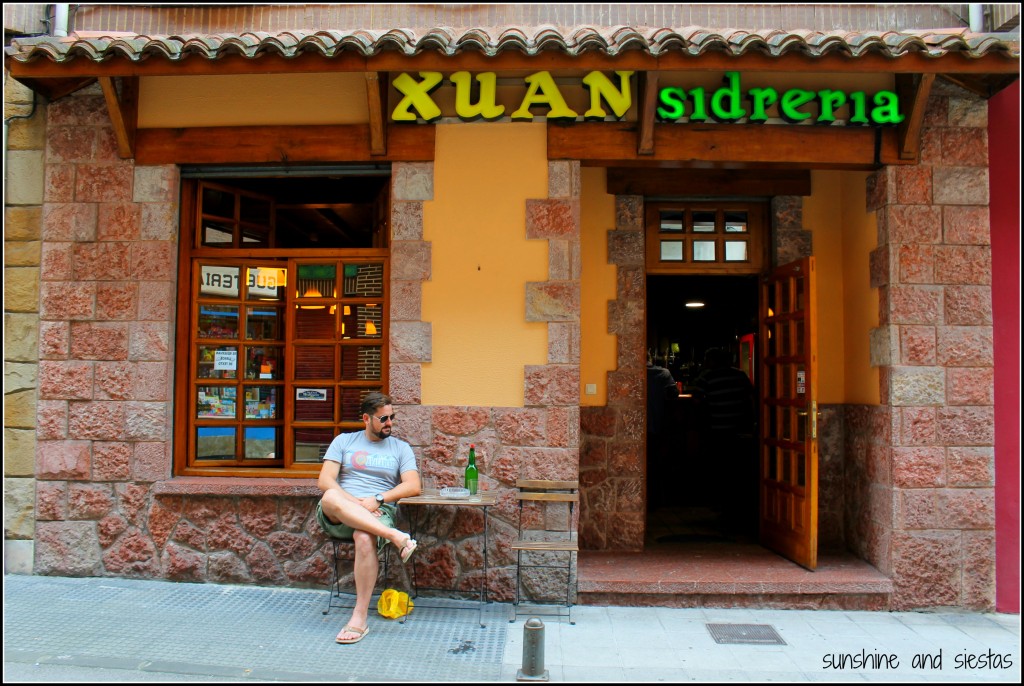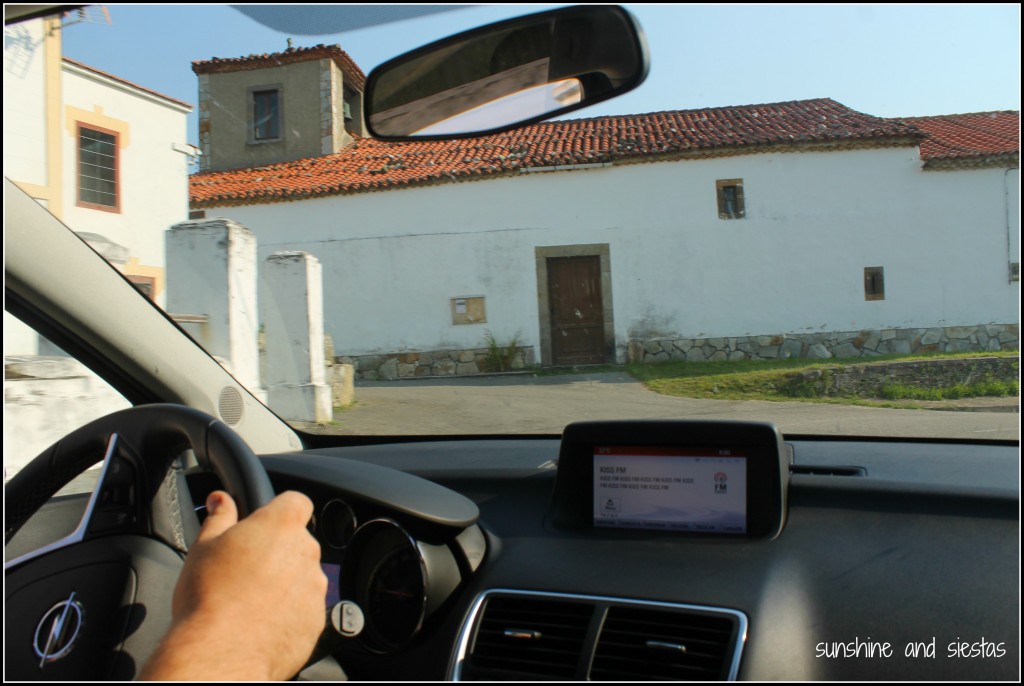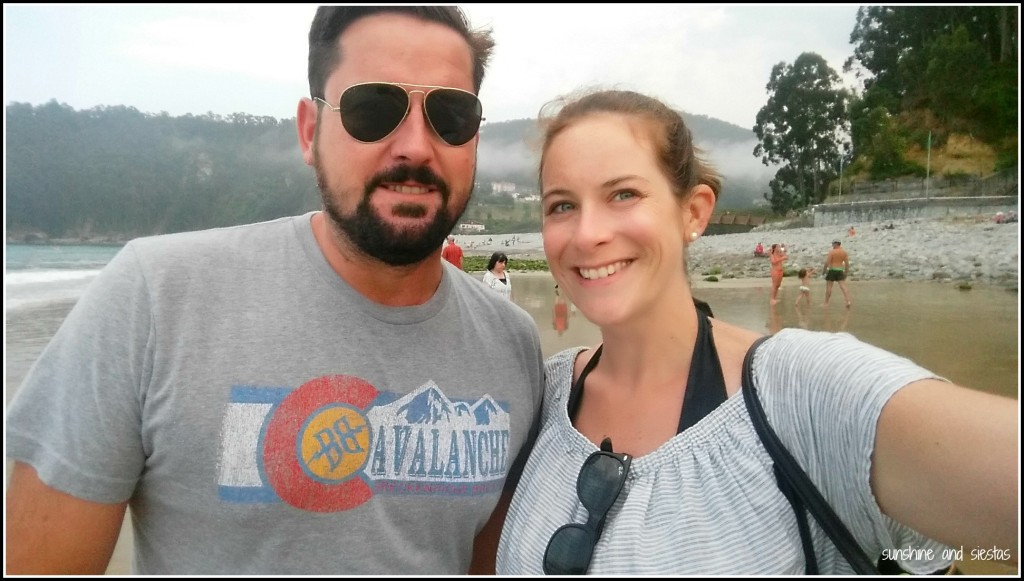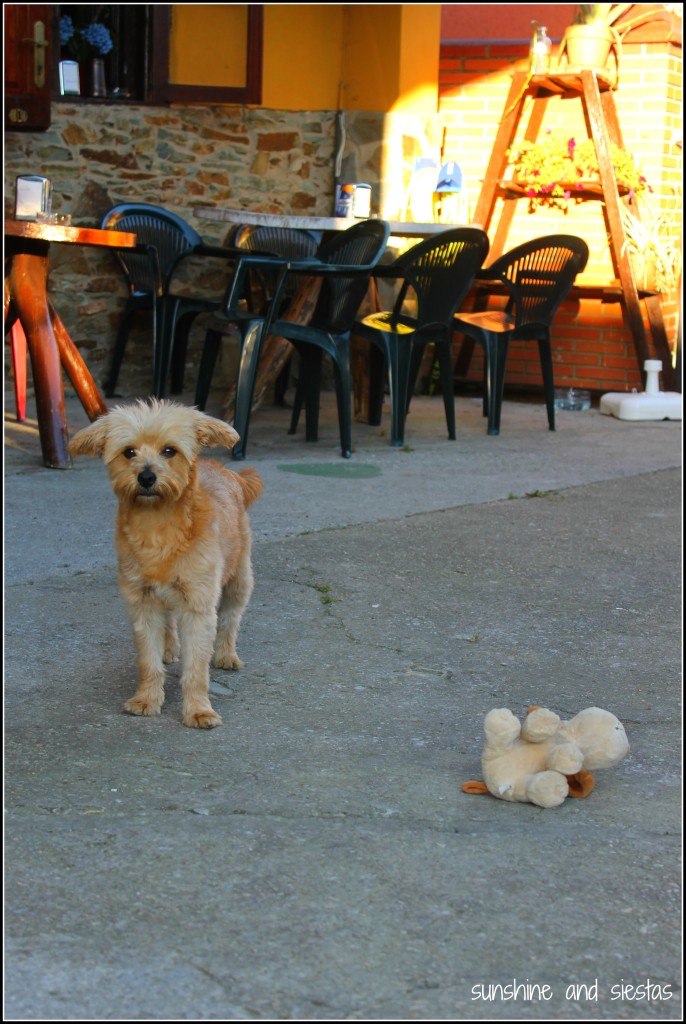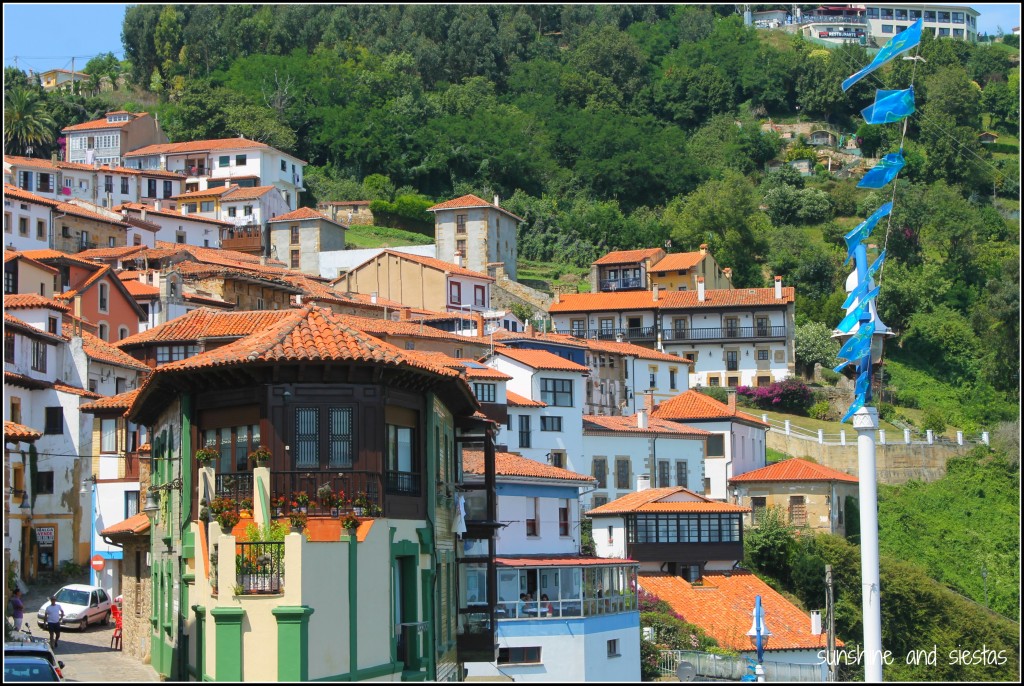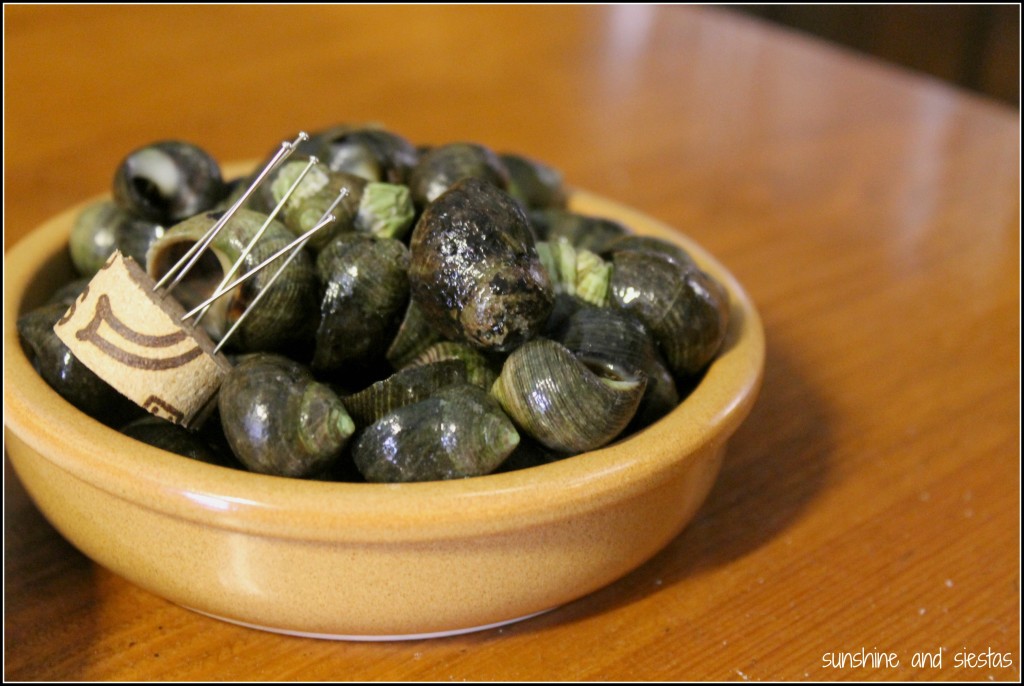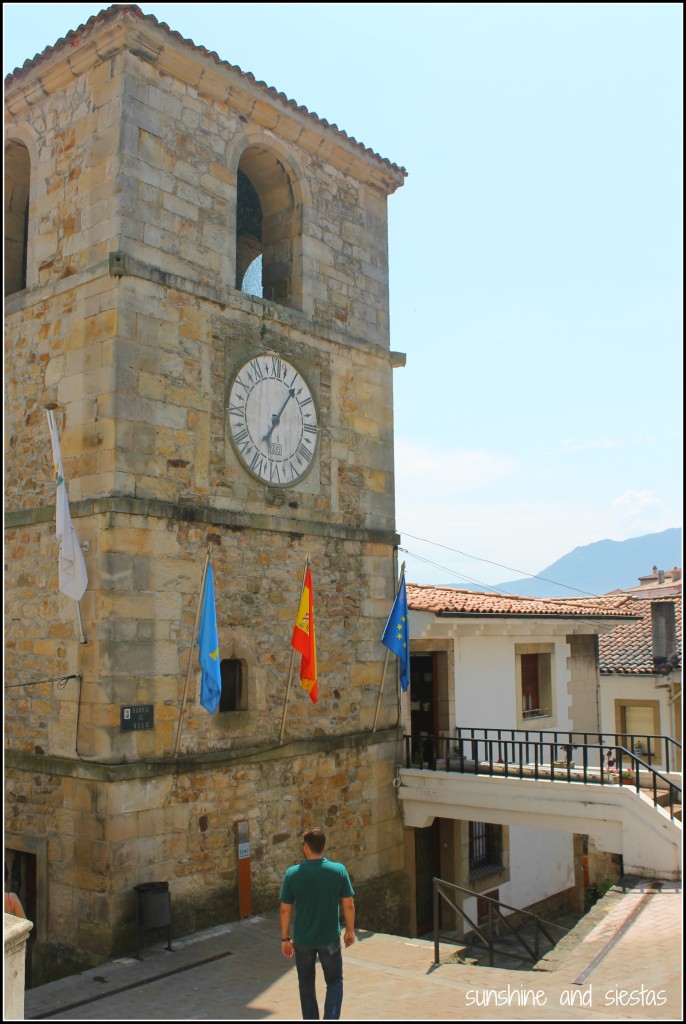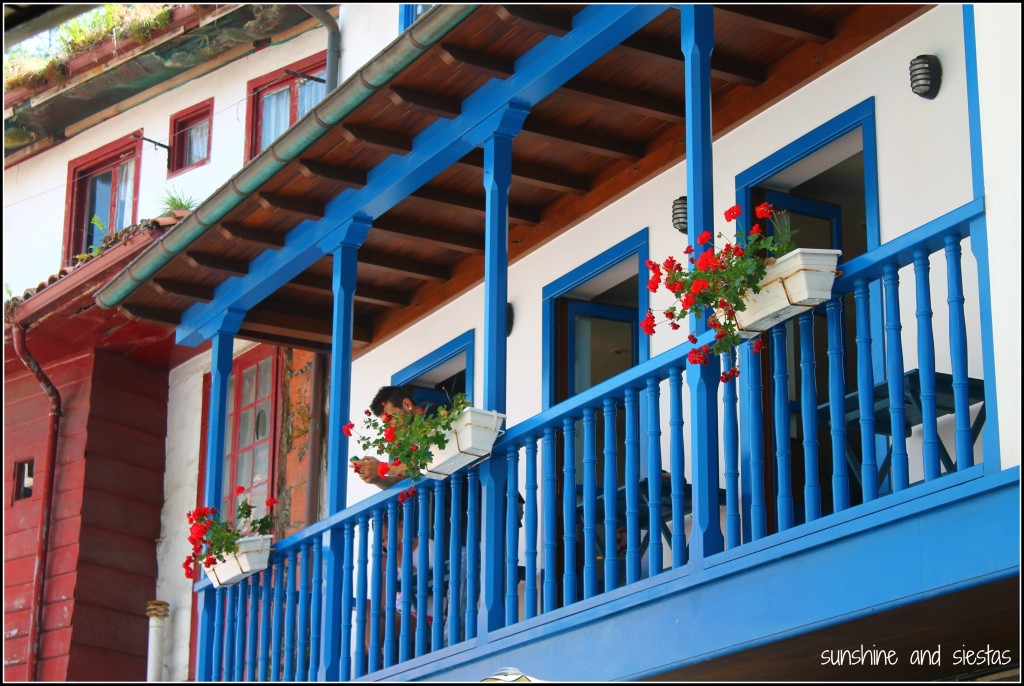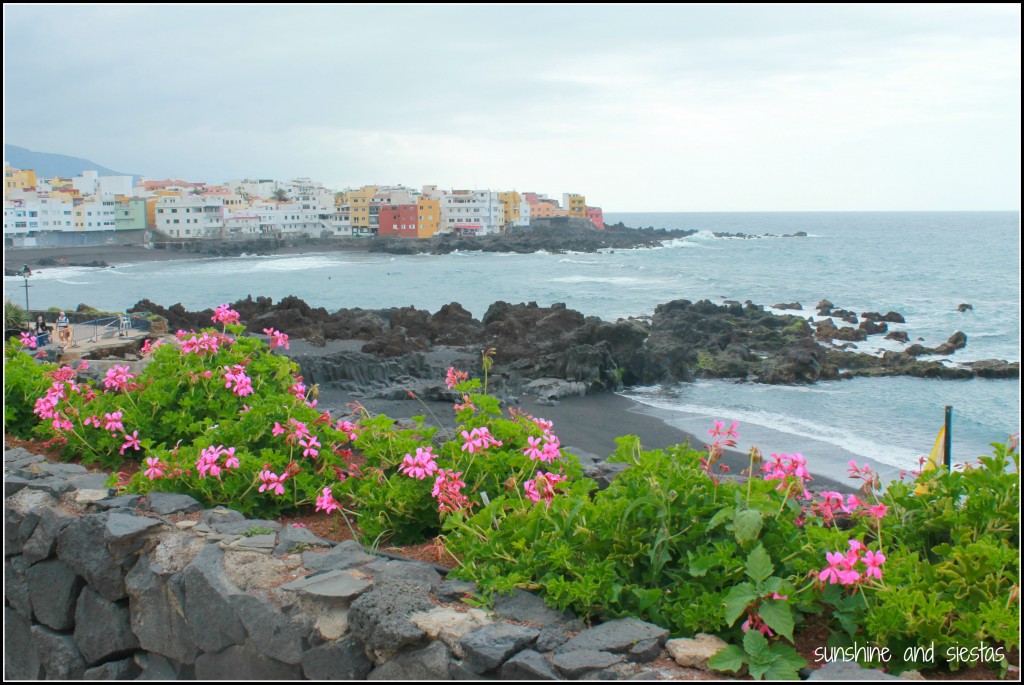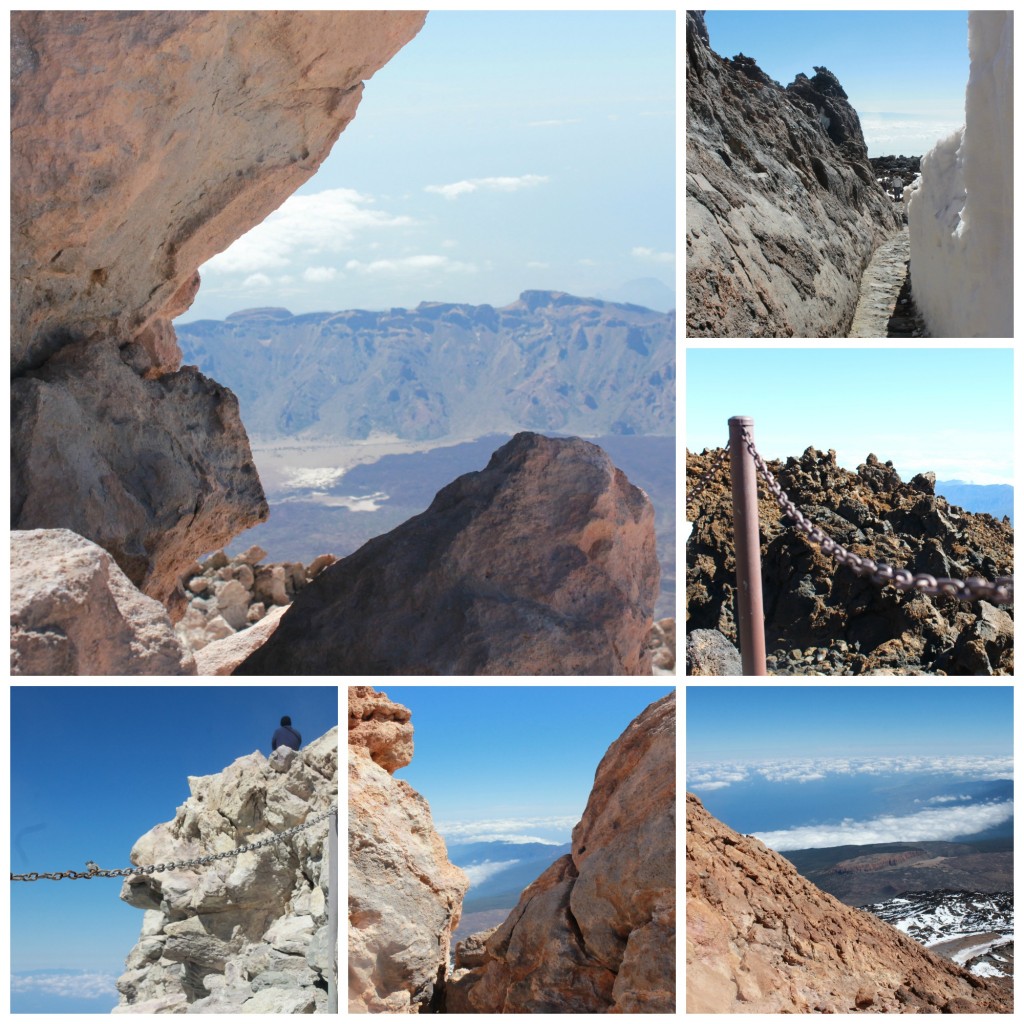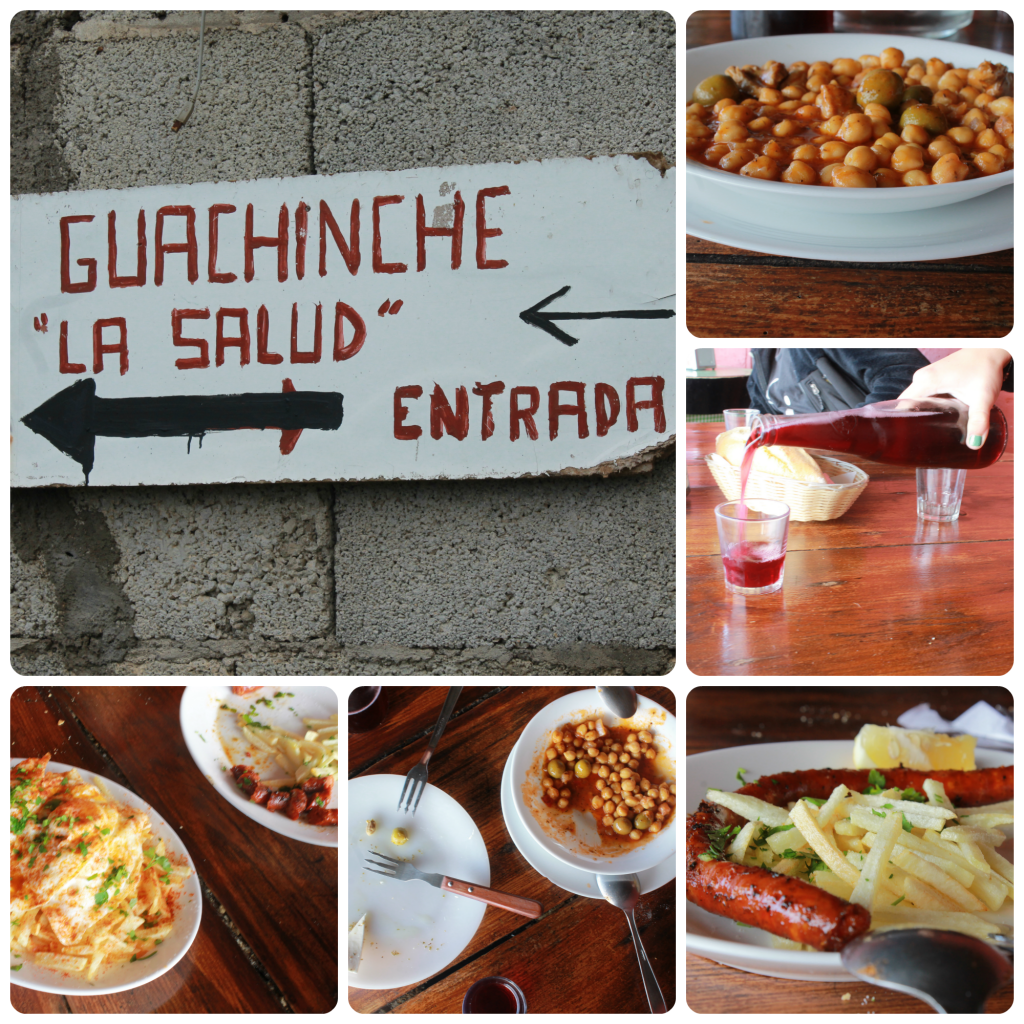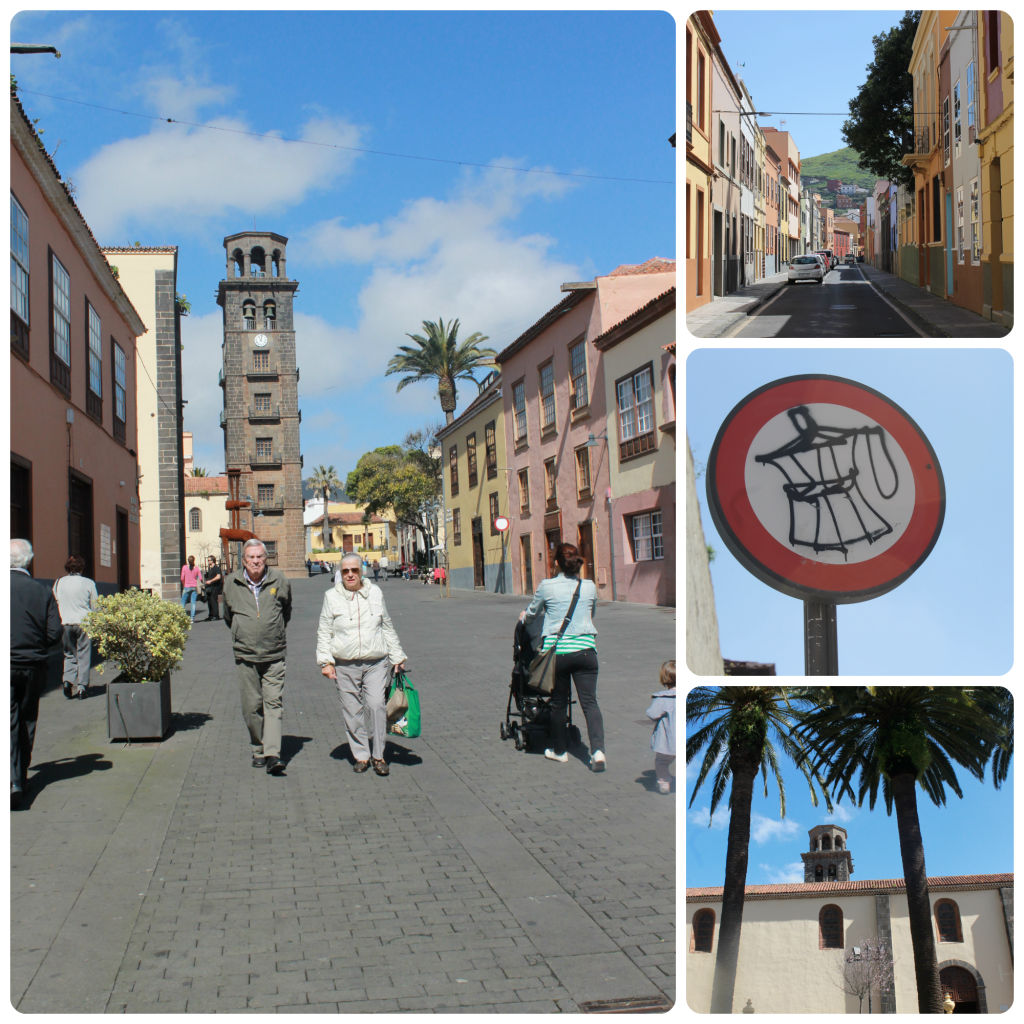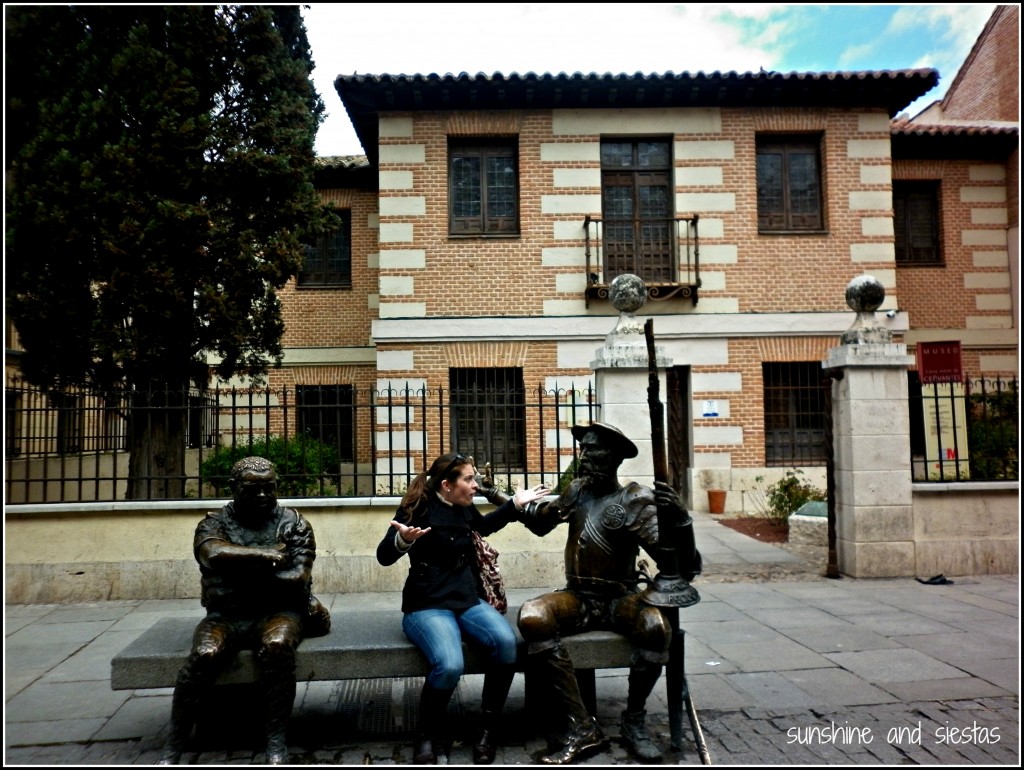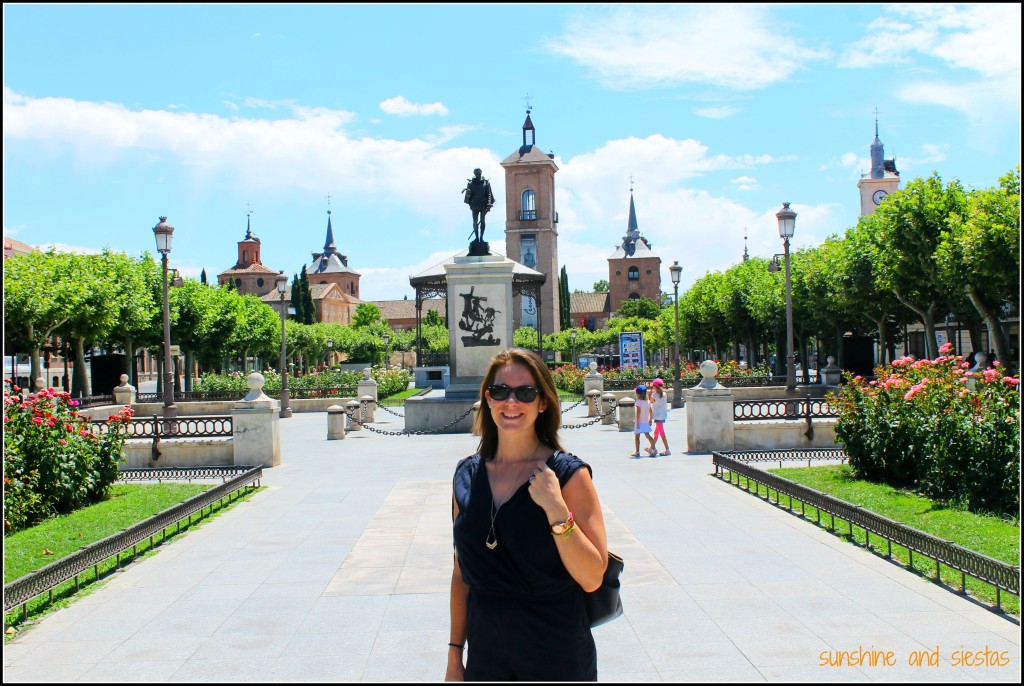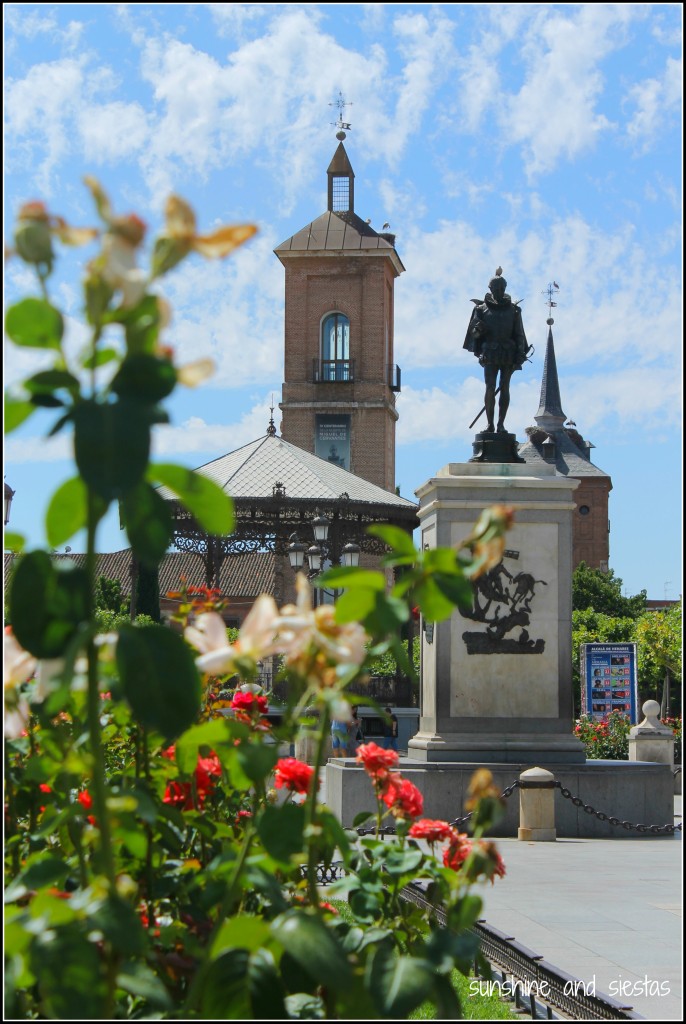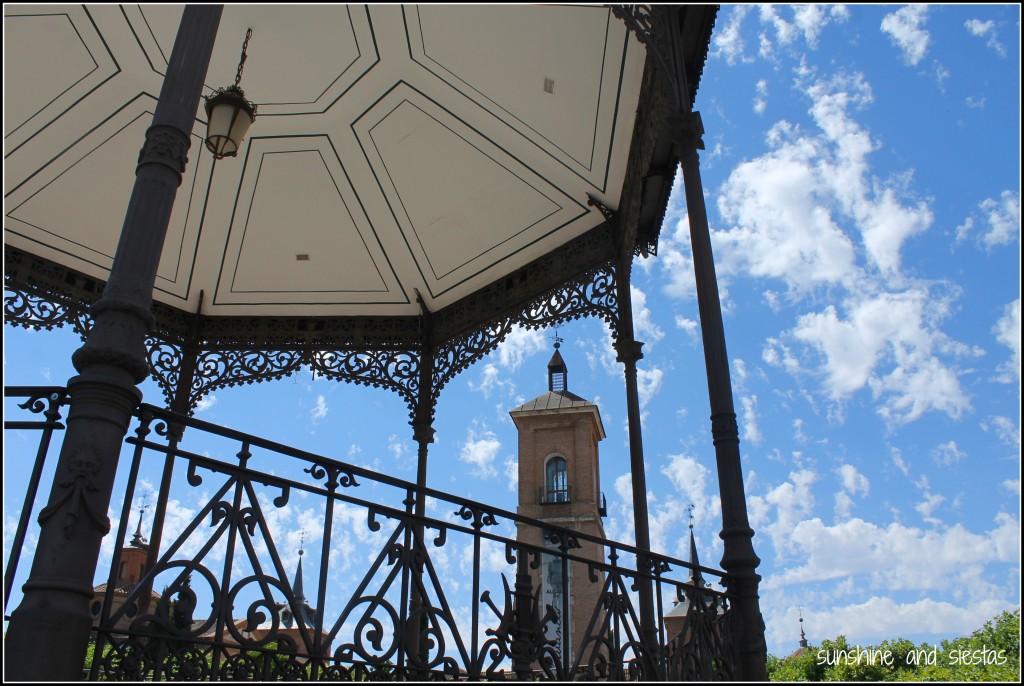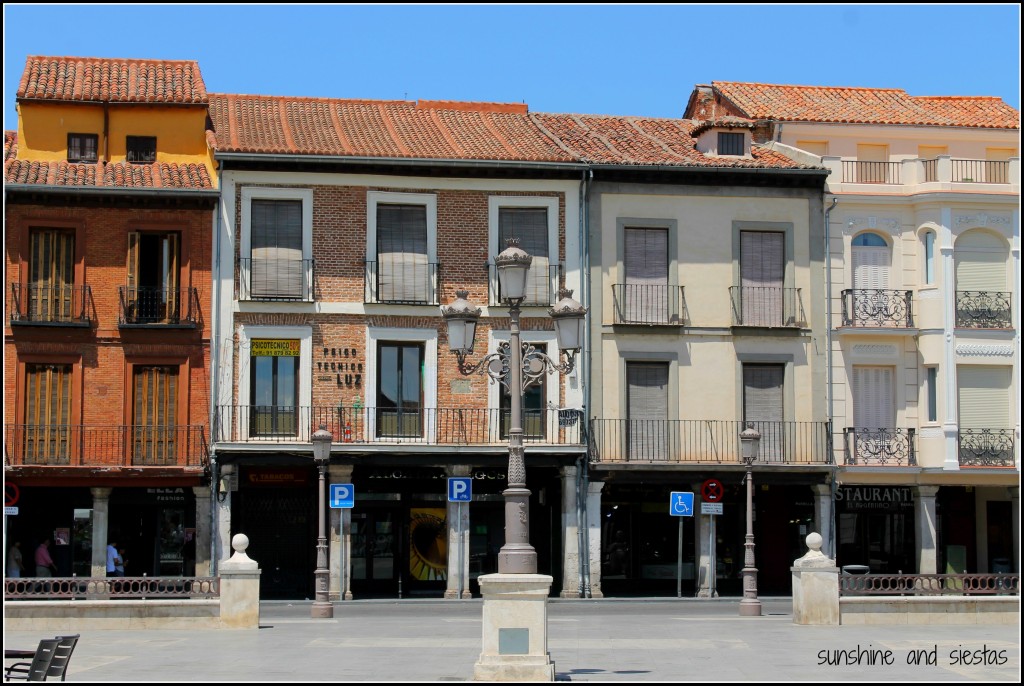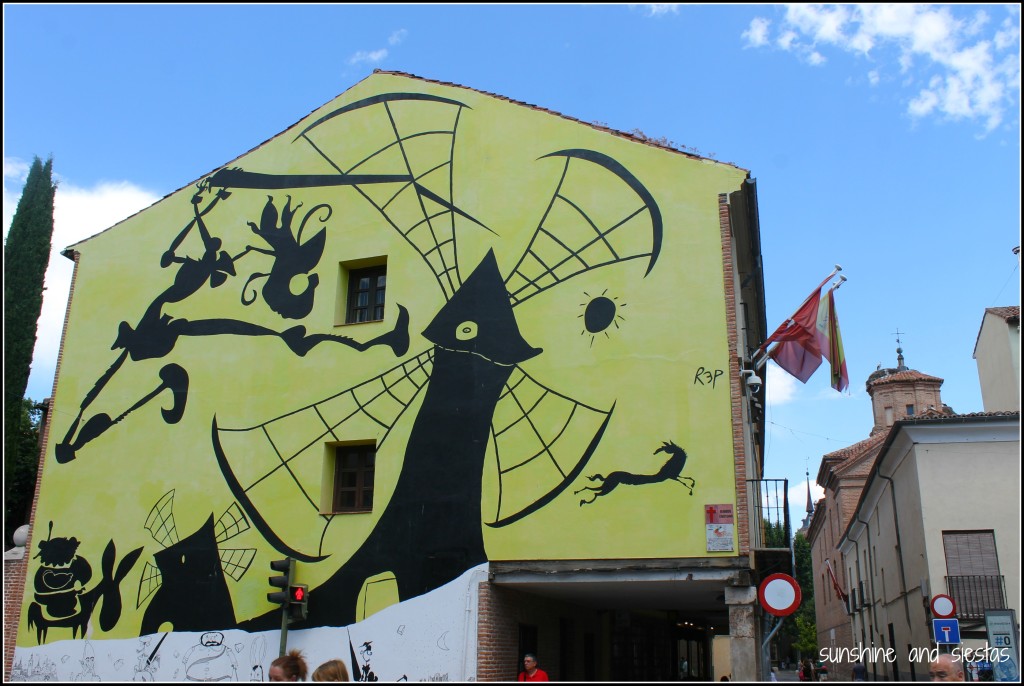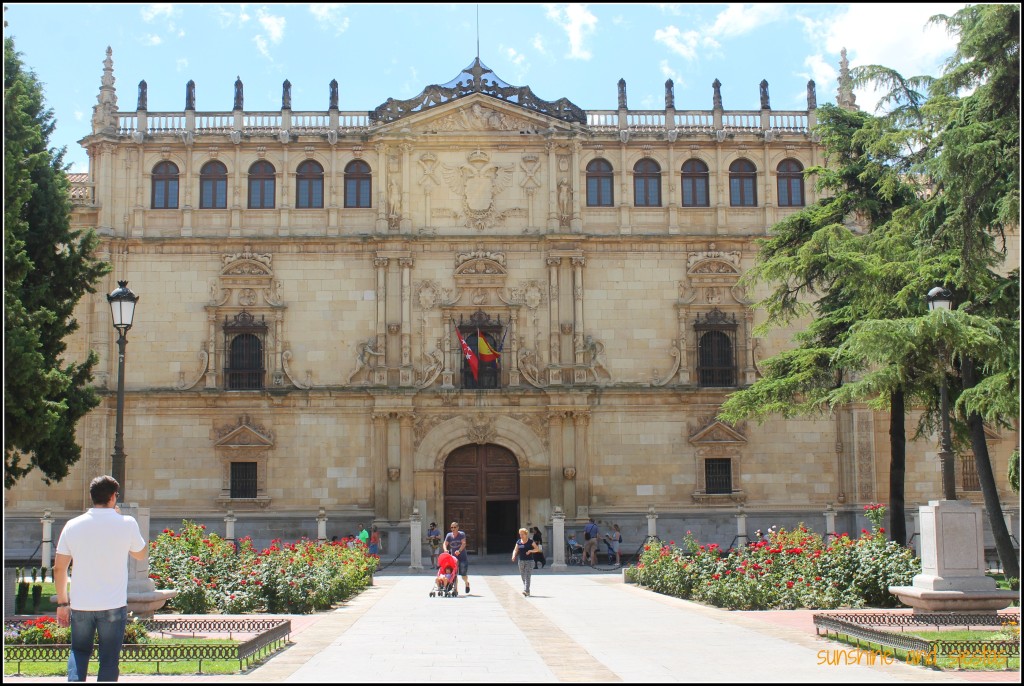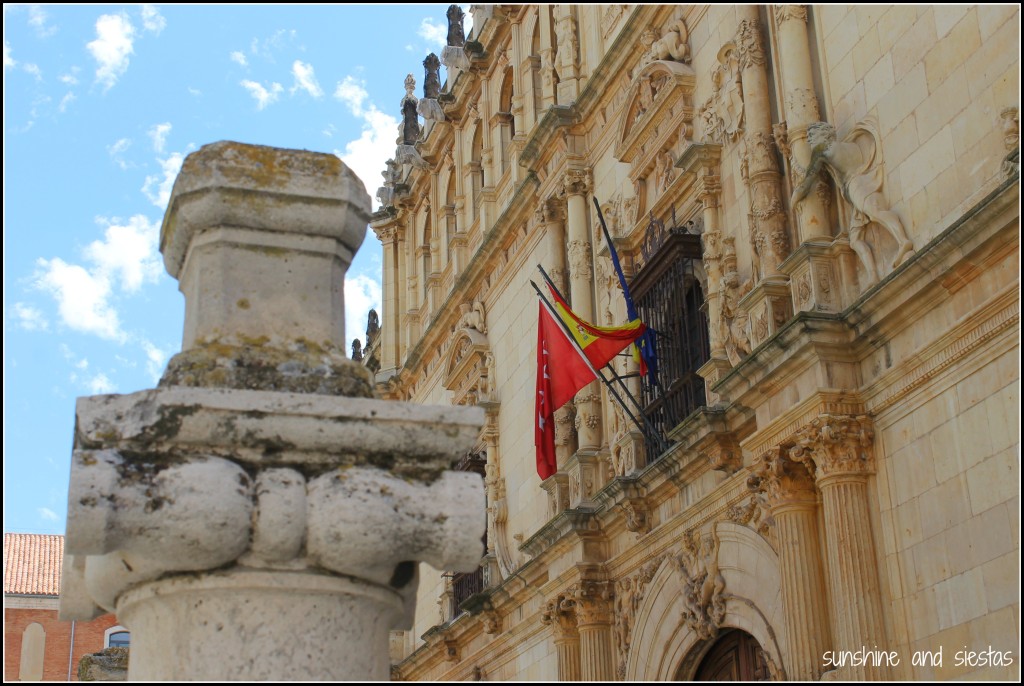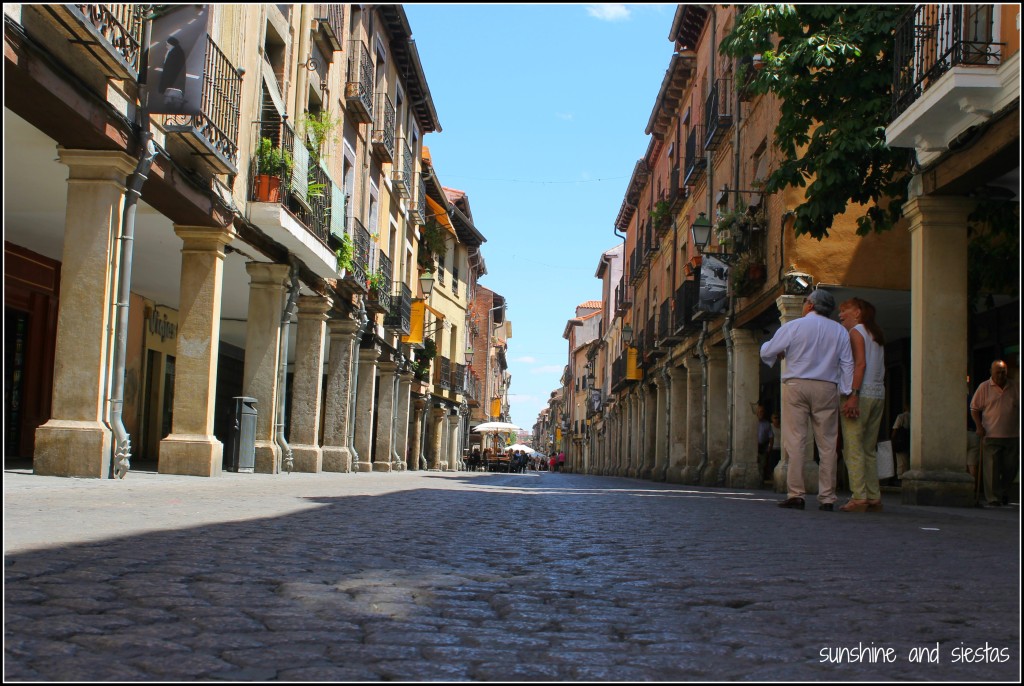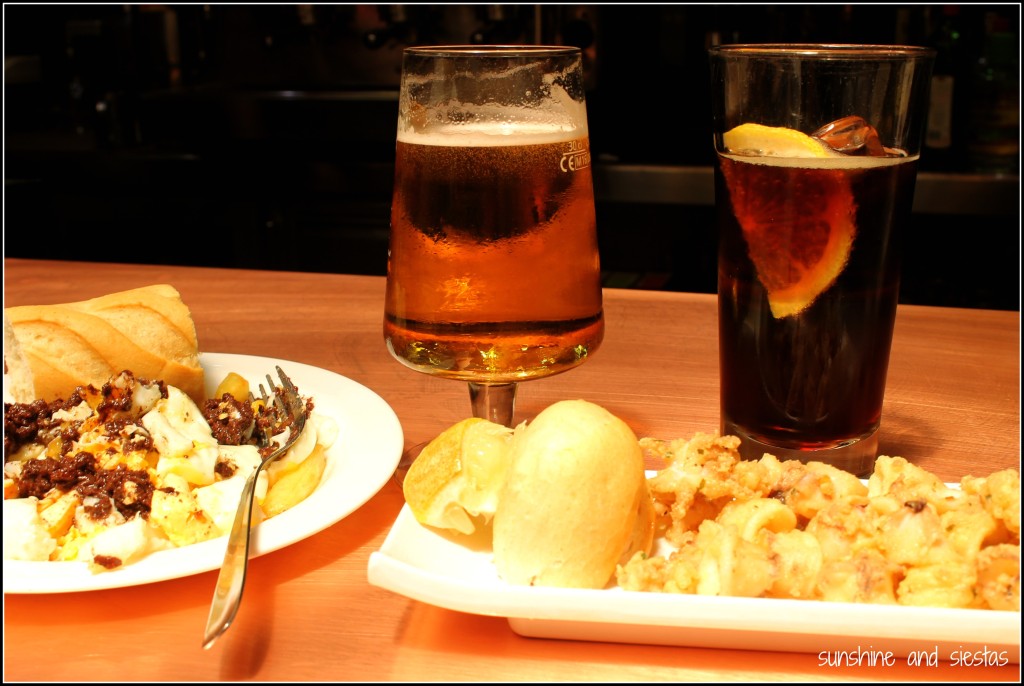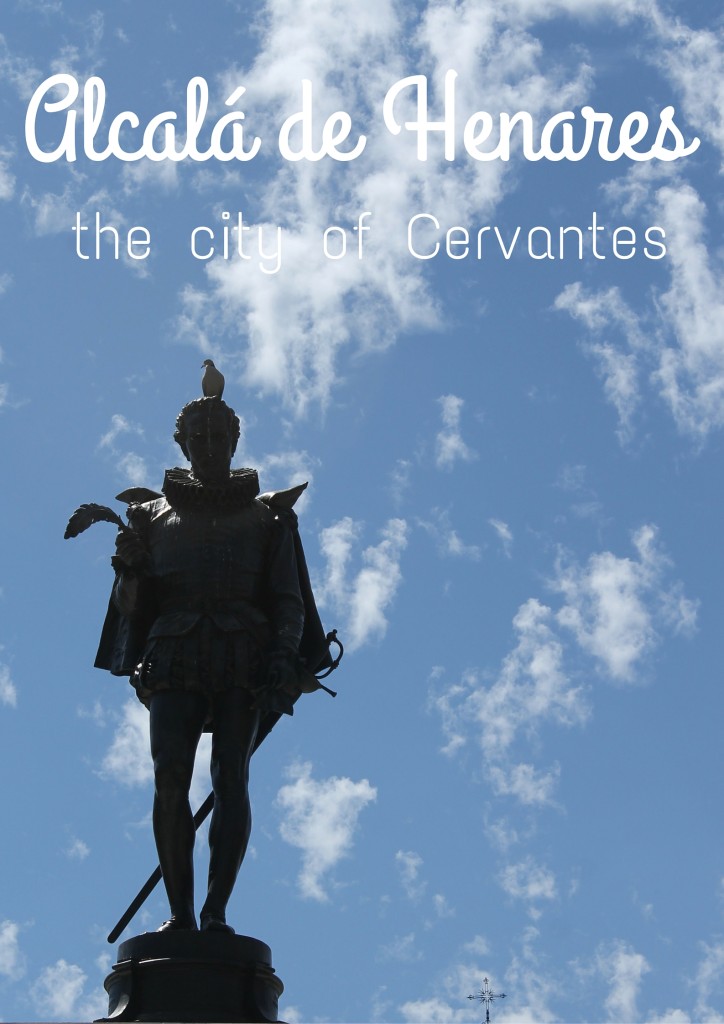For whatever reason, the province of Jaén has always piqued my interest – and has always intimidated me. I considered it No Man’s Land because of my extreme allergy to olive blossoms, too far from Seville to merit a day or even an overnight.
And with a move to Madrid looming, I would find the province even further away, despite being geographically closer to the capital than Sevilla.
But I’m the now or never kind.
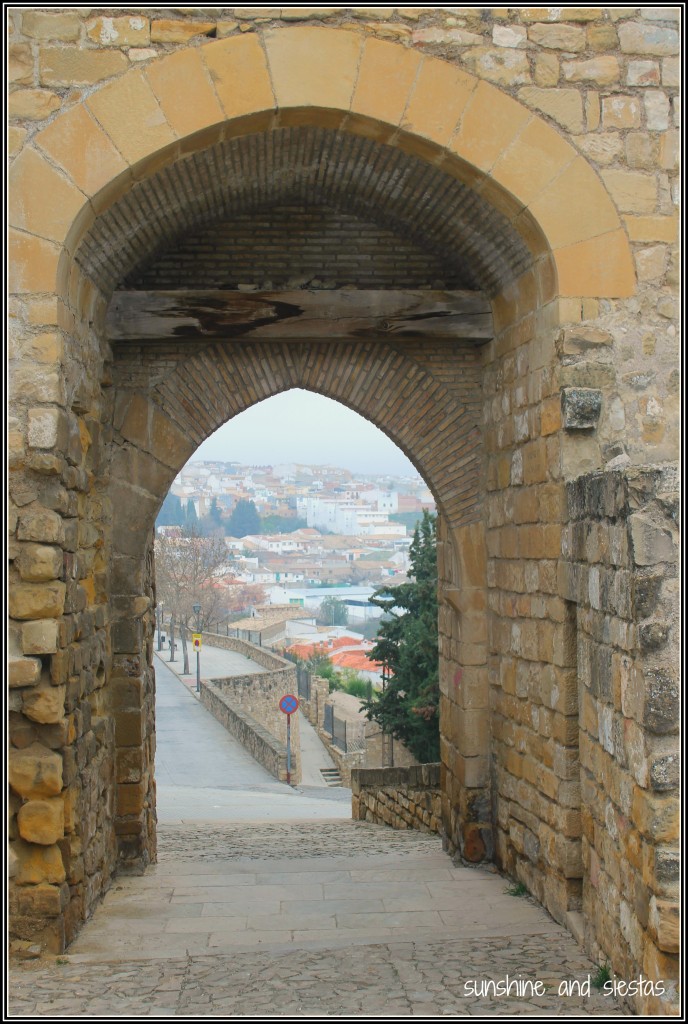
After blowing out my eardrums attending Las Fallas in Valencia before chasing Don Quijote’s windmills (and chasing them down with a glass of wine in Valdepeñas), I decided to stop for a night in the UNESCO World Heritage towns of Úbeda and Baeza to avoid the Holy Week processions in Seville.
The pueblos gemelos of Úbeda and Baeza are nestled into rolling olive groves and noted for their Renaissance architecture, and they’d been on my Spain wish list for years. I called the Novio to tell him not to expect me until Tuesday evening, as I was adding two more pit stops to my trip.
Nearby Úbeda gets a lot of the attention, but Baeza is superbly conserved, boasts a strategic position over the fertile Guadalquivir valley and has an astonishingly high number of intellectual former inhabitants – including poet Antonion Machado – thanks to its university and Guardia Civil academy. But it was the cheap, last-minute hotel deal that got me.
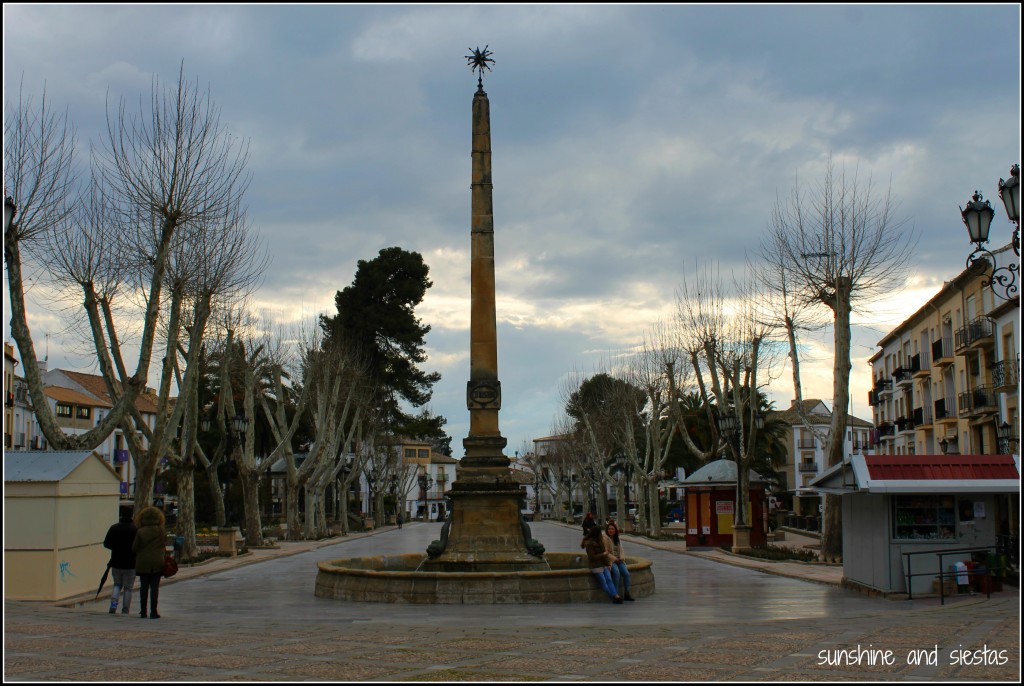
Sin rumbo, I set off from the hotel towards the city center, itself a labrinyth surrounding the cathedral, old university and the ruins of an impenetrable fortress. Machado himself called it the Salamanca andaluza for its appearance and intellect.
The wind howled through the tangle of streets and my eyes watered from the stinging chill and the olive trees growing heavy with blossoms. Baeza was a town that I’d normally describe as the Spanish type of sleepy, a town in permanent suspended activity.
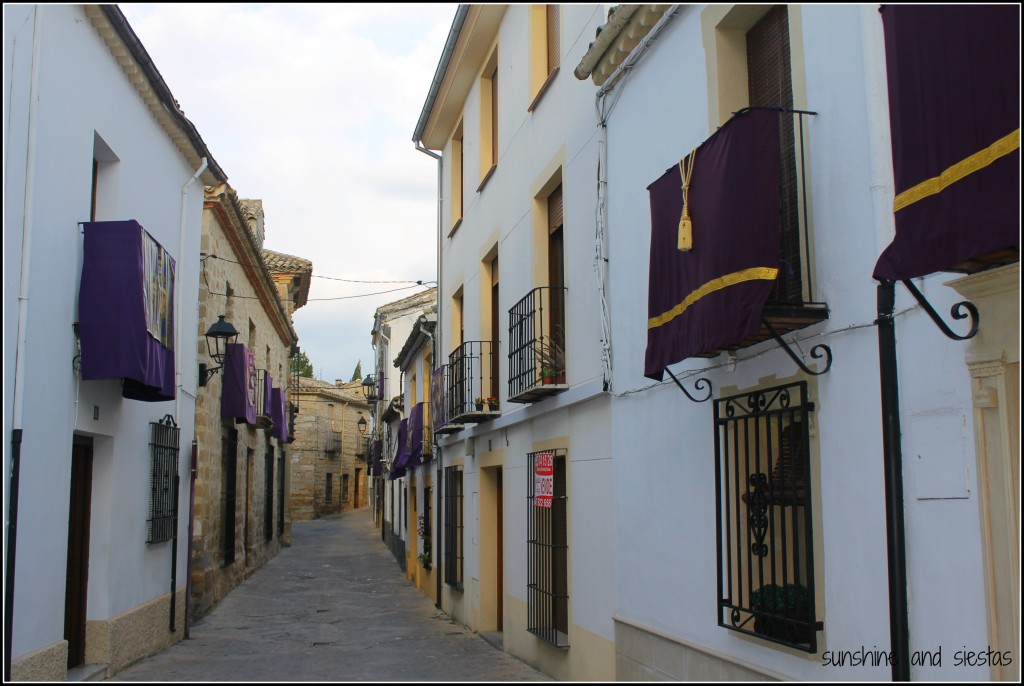
But being Semana Santa, I arrived mid-afternoon to a town too excited to sleep a siesta. La Misericordia – Baeza’s answer to Seville’s somber Madrugá processions – would step off that night from the school where hijo predilecto andaluz Machado once taught French grammar. This small city once housed a booming textile industry and takes pride in its Italian Renaissance architecture.
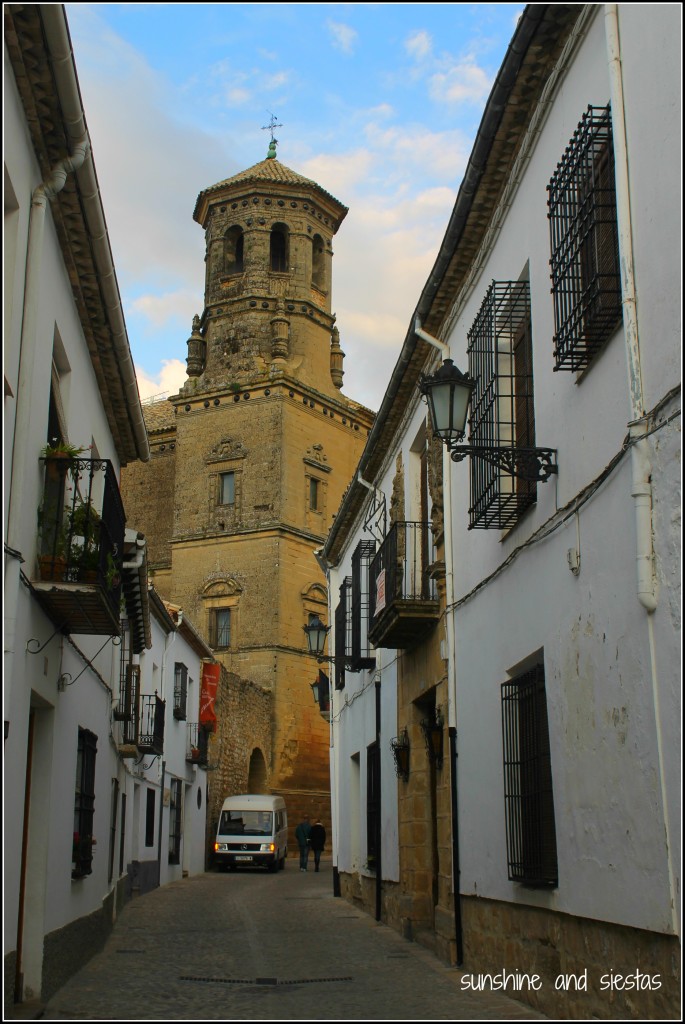
It felt like I had the village to myself, everyone squirreled away around their braseros (nosy me peeked into ground floor windows) or preparing floats for the Holy Week processions. Even a group walking tour I ran into in the charming Plaza del Pópulo was sadly thin. I wandered around the entire historic center and past its most emblematic buildings, haunting and silent sentries.
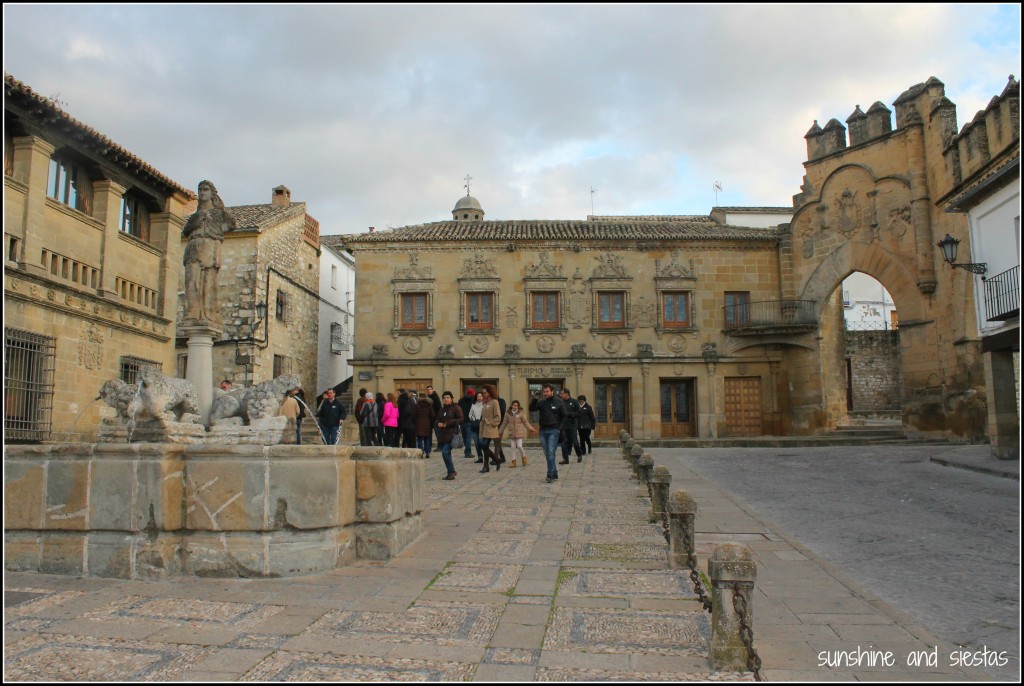
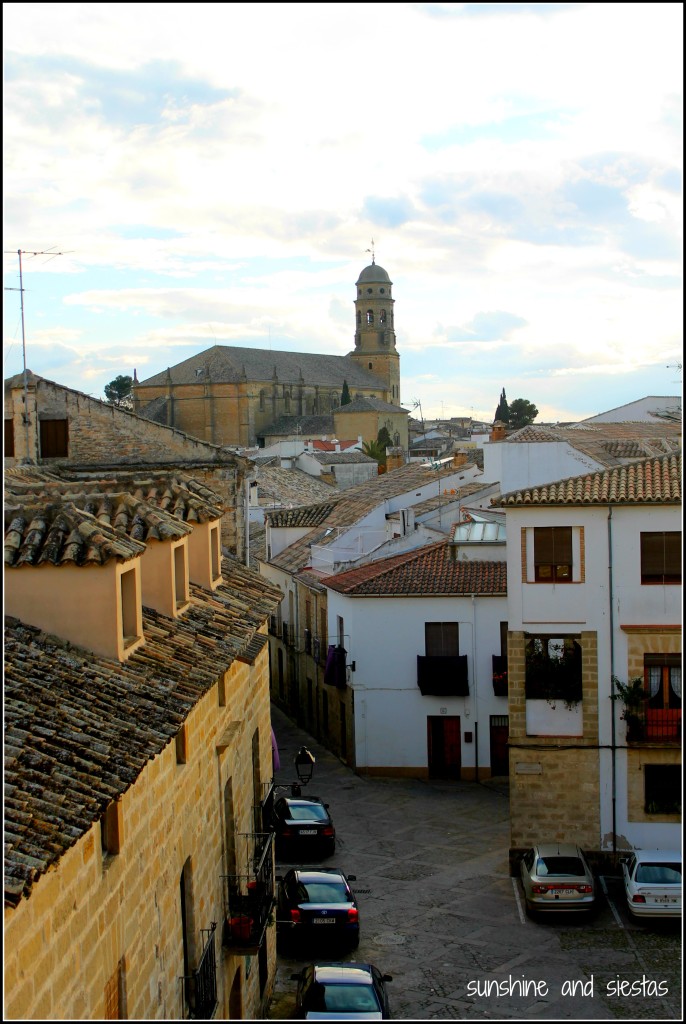
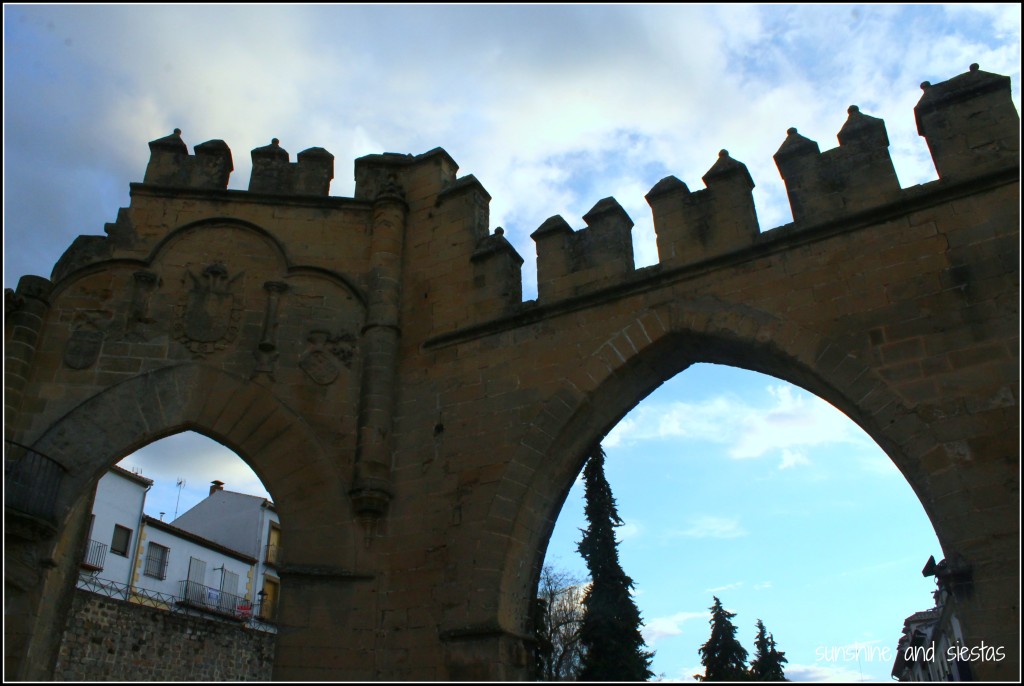
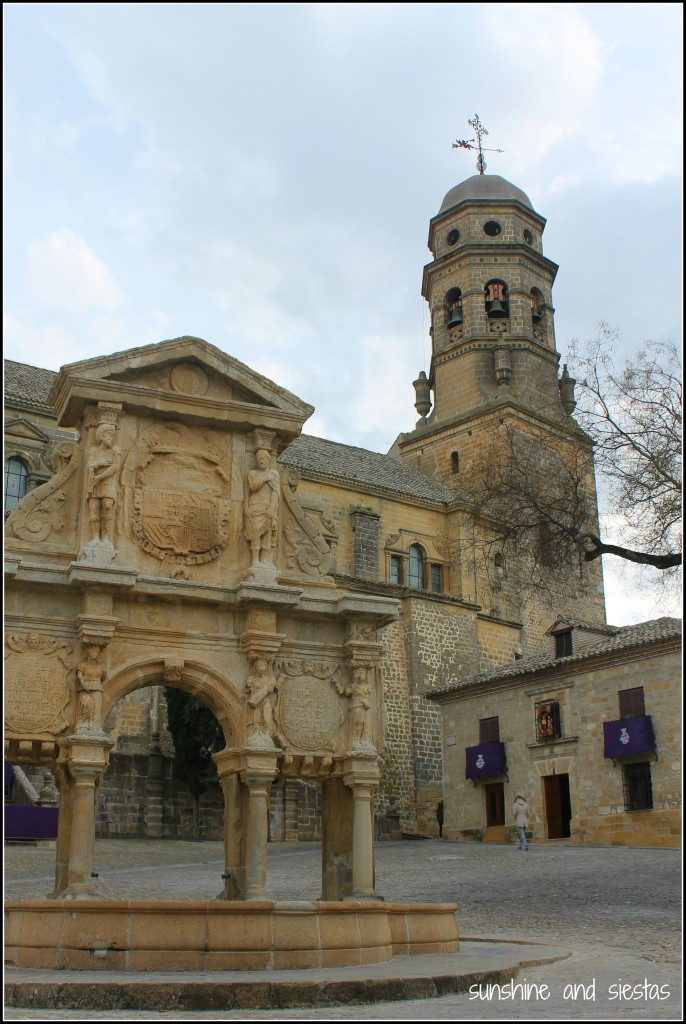
My phone nearly dead and a chill in the air, I treated myself to a long rest before heading back out at twilight. Plaza de la Constitution’s colonnades hid intimate tapas bars with low lights and the smell of olive oil wafting out of them. The lights glinted off of religious medals, worn by the faithful who would no doubt be elbowing me through the narrow streets to see La Misericordia.
As I was mopping up the last bit of oil with a piece of bread, the restaurant suddenly thinned out. I threw some money onto the bar and rushed outside. Across the plaza and up a small hill was the university’s heavy wooden doors. Darkness had fallen, but the golden light spilling out from windows proved that Lunes Santo was the big night for baezanos.
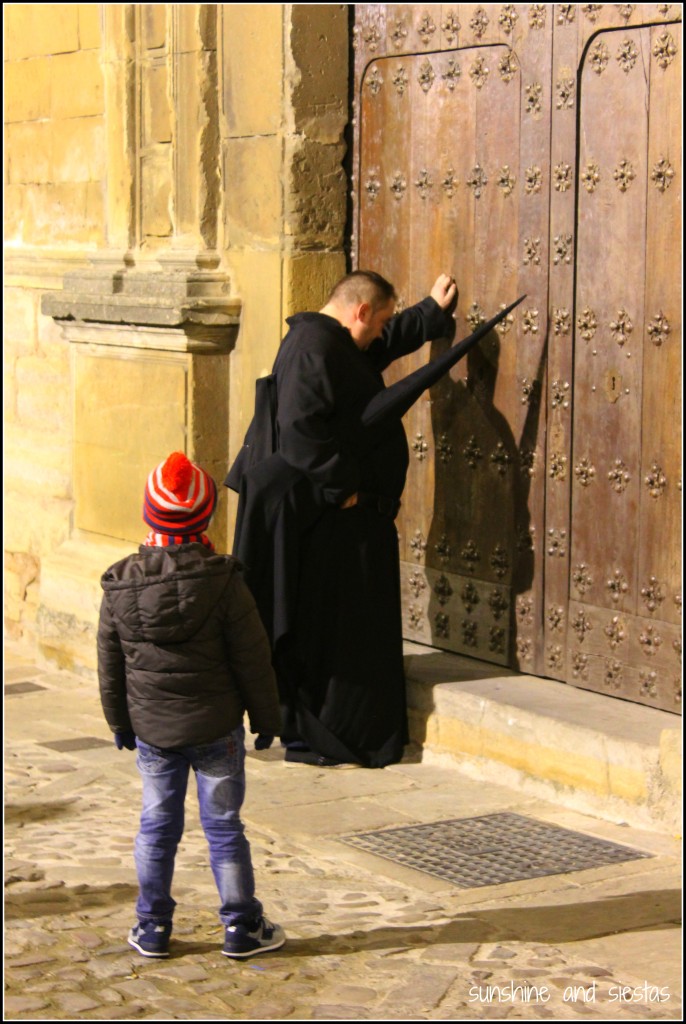
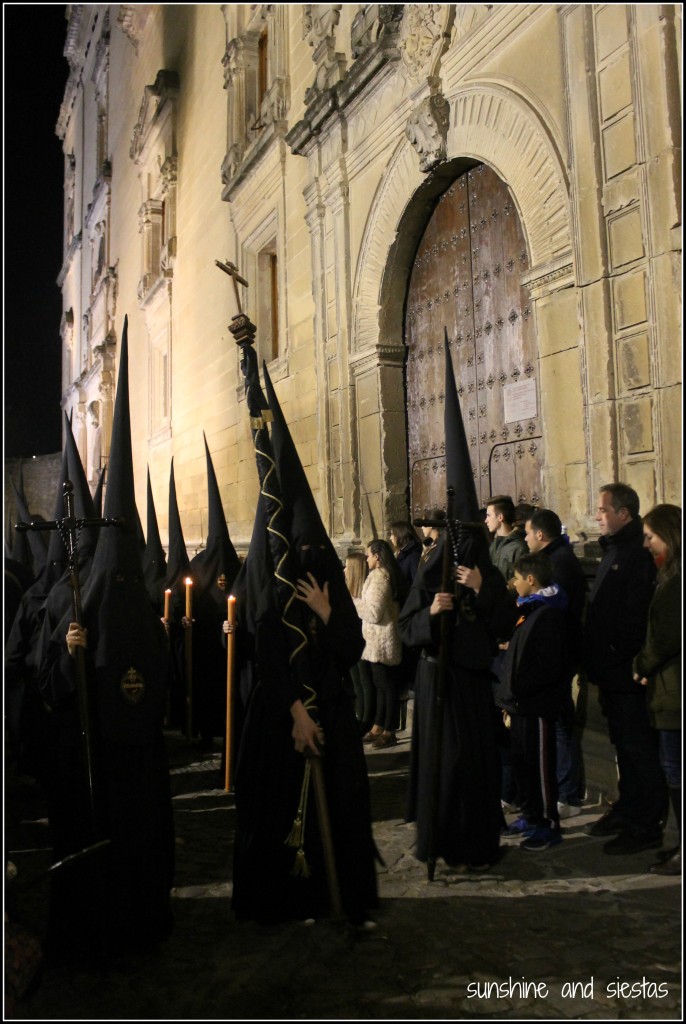
Paso de pasos during Seville’s Holy Week, but there’s something intimate and primitive about processions in smaller cities. They tend to be more somber, as if carrying the images of Christ’s last days is for the more fervent, that it’s less about spectacle and more about spirit. Indeed, Baeza and Úbeda’s adherence to Catholic tradition isn’t as grandiose as Seville or Valladolid’s, but I saw passion as I watched the nazarenos shuffle by under heavy black capirotes.
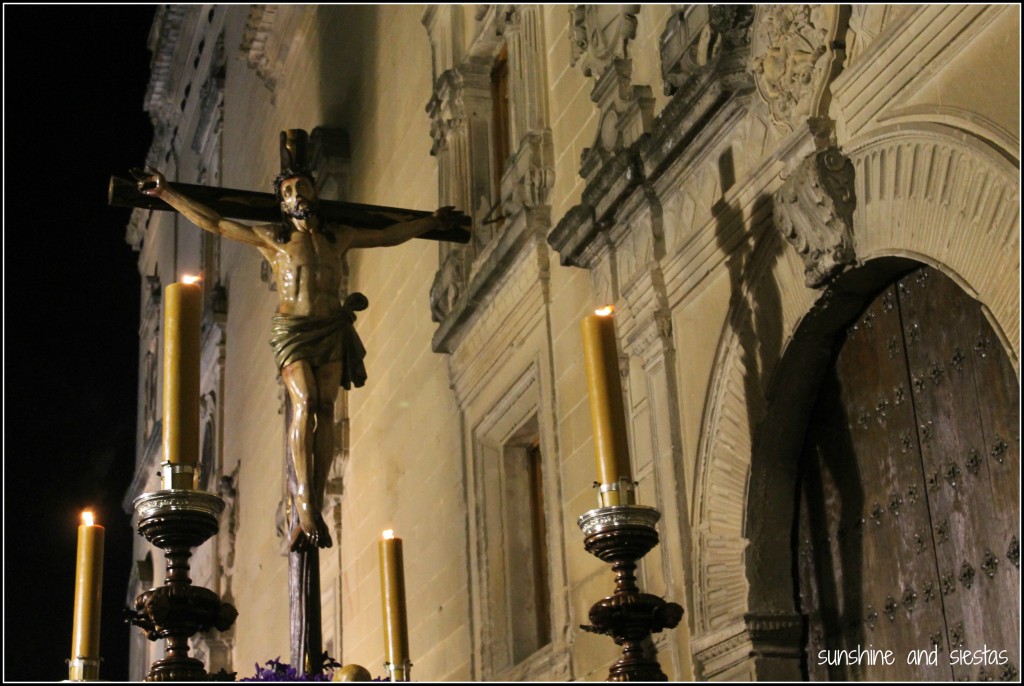
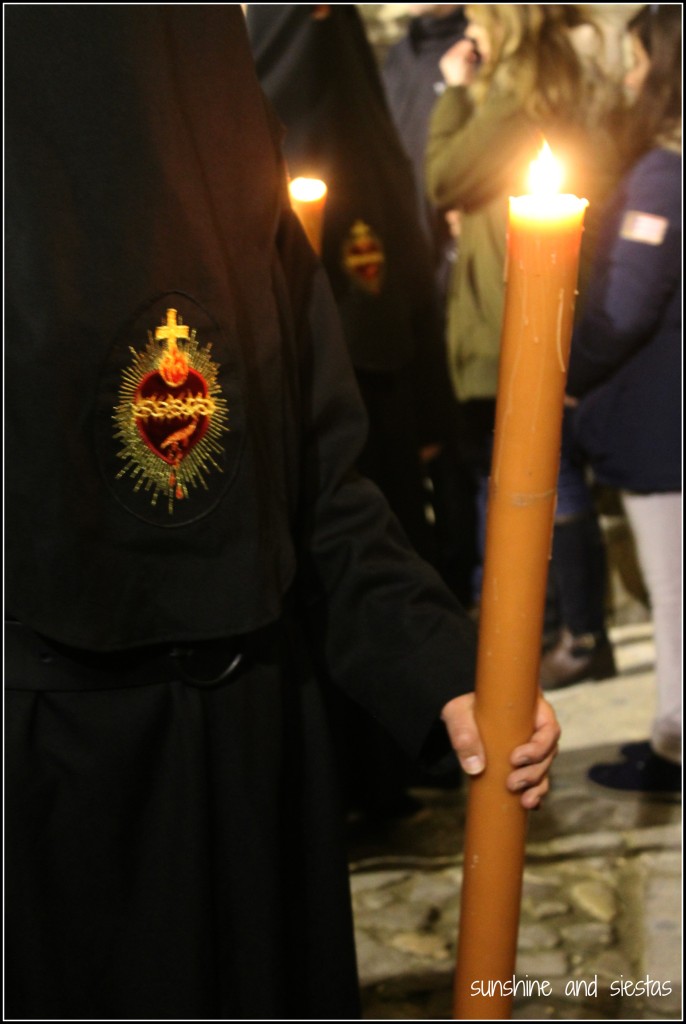
As they snaked through the Casco Antiguo and followed the trail of the old city walls, I hunkered towards my hotel, catching glimpse of the procession and literally fell into my bed.
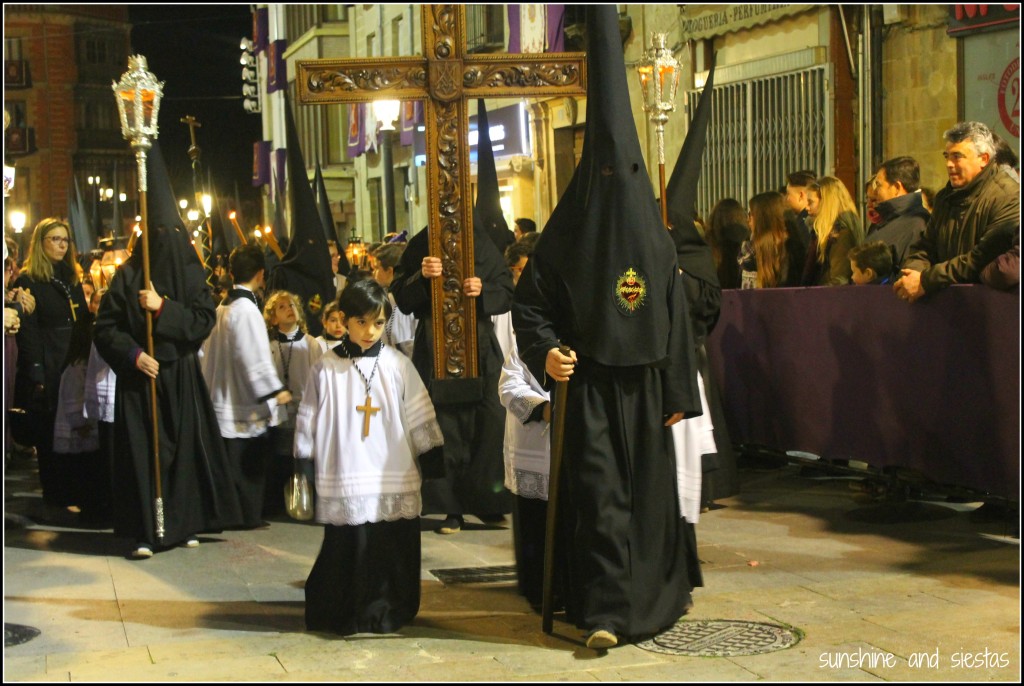
A thick fog covering the ribbon of road between the sister cities the following morning, I steered Pequeño Monty toward Úbeda. This is where fellow blogger Trevor Huxham lived as an auxiliar de conversación for a year, and he was quick to fire off a food recommendation: churros at Cafetería Anpa. The cold was permeating, so I treated myself to a thick mug of chocolate and a ración of churros. You know, a good old stick-to-your-bones sort of breakfast.
Fog still sat over the Lomo de Úbeda as I wandered towards the city center, and for 9am on a Tuesday, even quieter than Baeza. The cobblestone sloped downwards towards the sandstone monuments that scored it its UNESCO designation, all locked up and shuttered up as if warding off the chill in the air. I pulled my jacket around me tighter, realizing that I’d not dressed properly for the cold morning.
The jewel in Úbeda’s well-earned crown is Plaza Vázquez de Molina, flanked by half a dozen buildings built in the Italian Rennaissance style: the Sacra Capilla del Salvador, the Capilla de Santa María de los Alcázares and the Palacio de las Cadenas are perhaps the most famous.
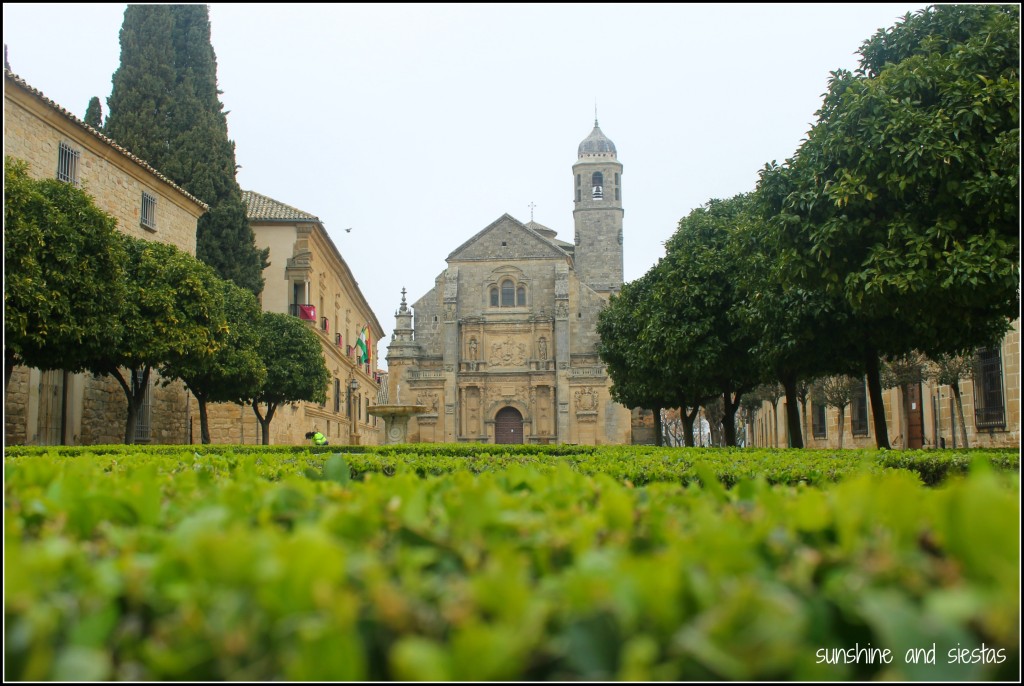
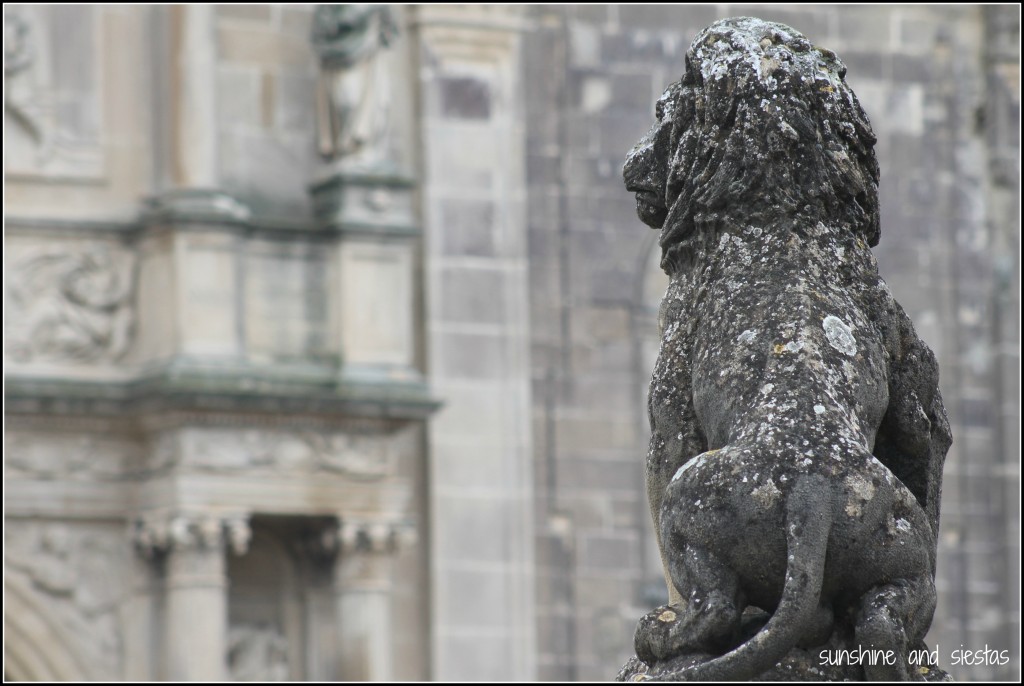
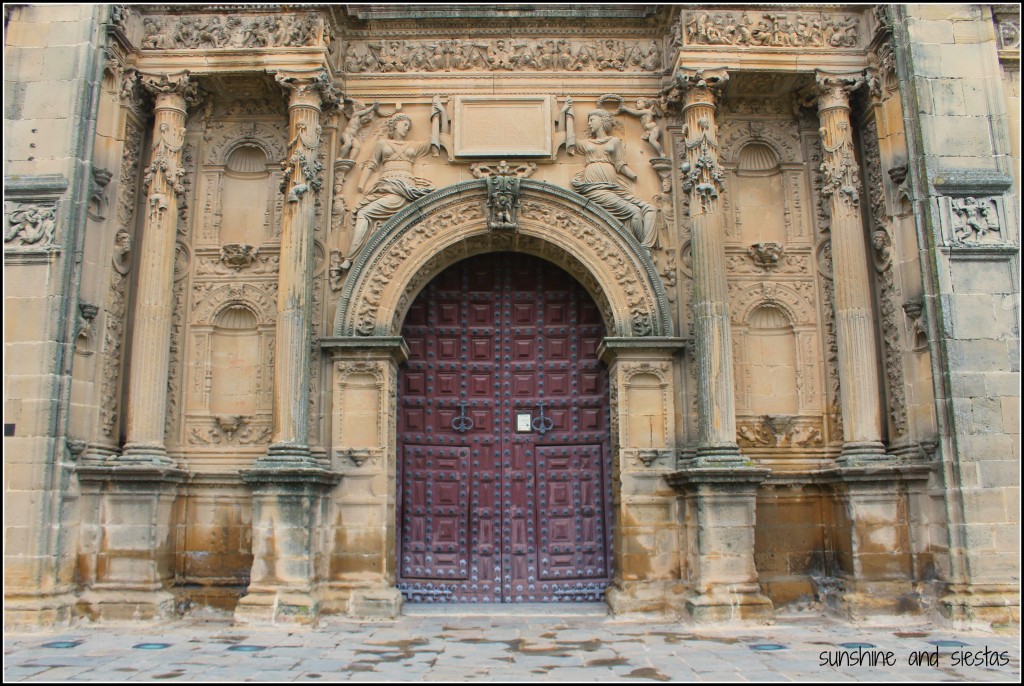
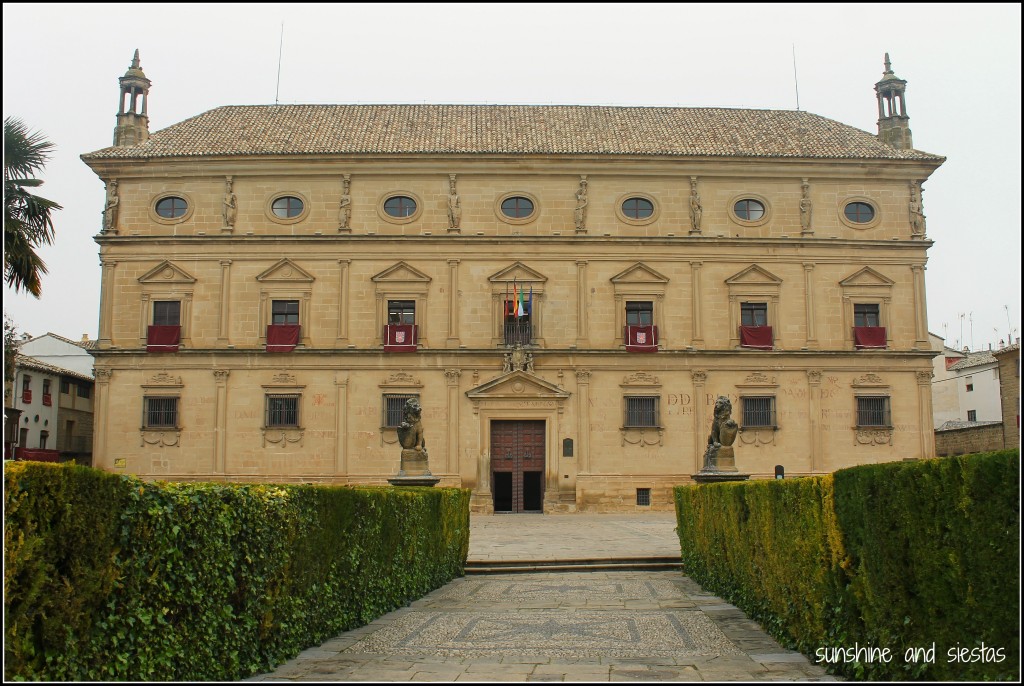
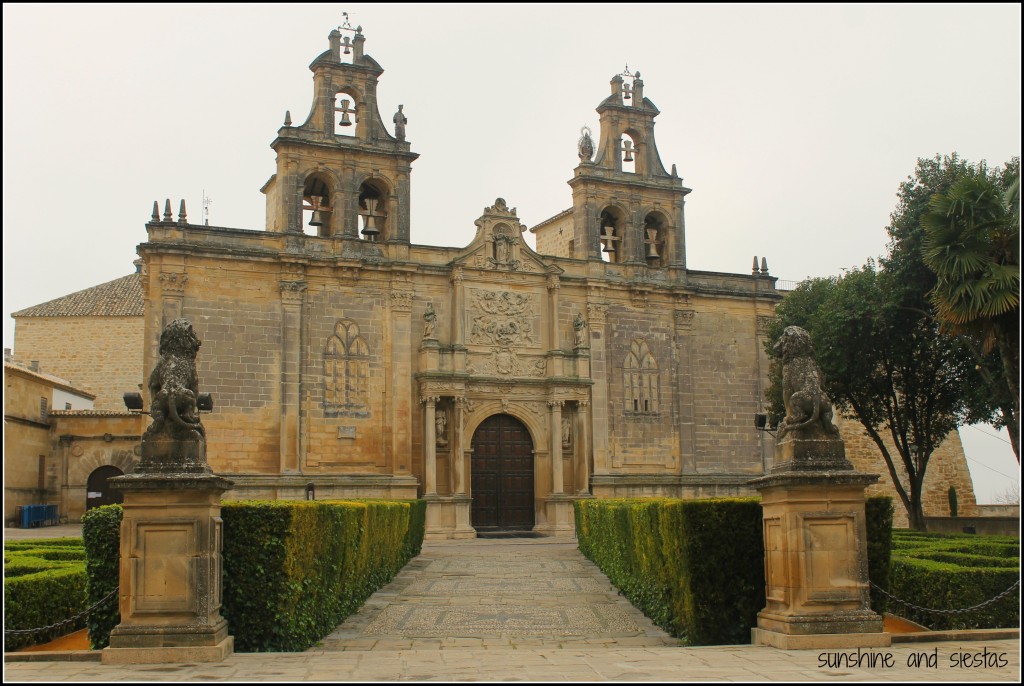
I wandered into the nearby Parador for a coffee and to warm up a bit, but instead was met with sniffles, sneezes and itchy eyes. As I feared, my allergies betrayed me in Jaén. Úbeda merits far more than an hour I spent with my nose in a Kleenex – if not for the architecture than for the historical privilege brindado to this beautiful place.
Like Machado’s exile from Spain during the Civil War and his absolute heartbreak over the Republic, I got in my car and found myself suddenly questioning our move to Madrid. Andalucía is, for me, home. The rolling olive groves fanned out from Jaén through Málaga and on towards Sevilla gave me some comfort on the three hour trip, and now – 16 months after this little jaunt – it’s a view I miss when driving through Madrid’s urban sprawl.
In fact, it washes me in relief when the high speed train passes through Despeñaperros and spits you out in the Jaén province.
Late, corazón…no todo se ha tragado la tierra.
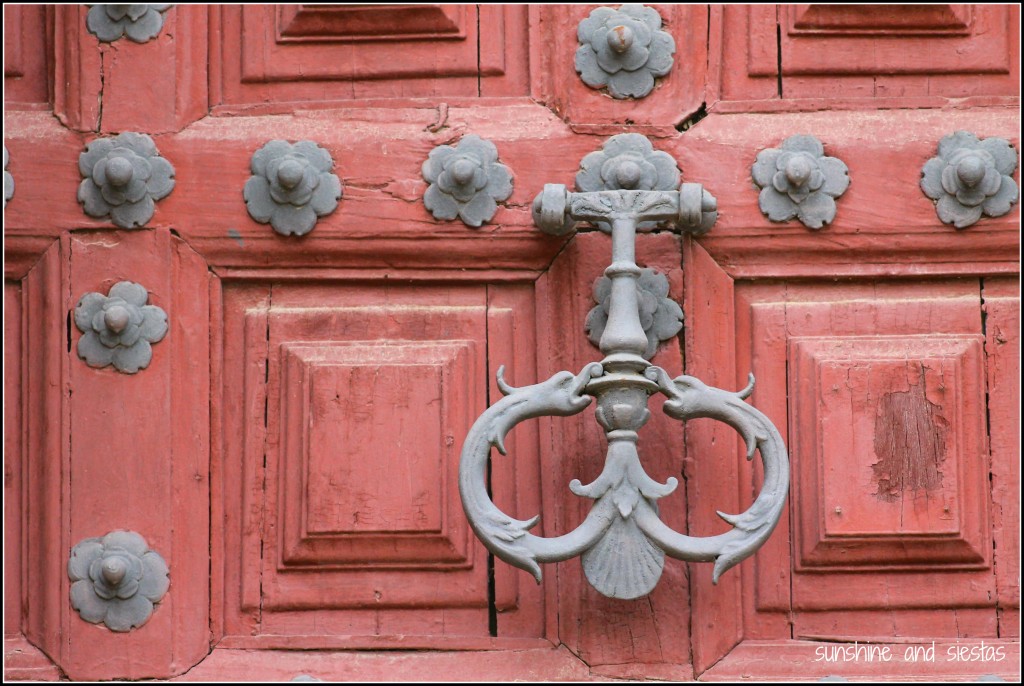
If you go:
Stay: I got a great deal – especially considering the holidays – at Hotel Juanito. A bit antiquated but very much comfortable, this hotel is one of the village’s mainstays and boasts a great restaurant (this is an affiliate link via Agoda – you’ll get a great deal at no extra cost to you!). Avenida Alcalde Puche Pardo, 57, Baeza
Eat: If you can’t get into Juanito’s famous restaurant and the dishes made with the resto’s own brand of Extra Virgen Olive Oil, Baeza boasts plenty of tapas bars in the center of town. I ate at Taberna El Pájaro, where traditional Andalusian cuisine gets a bit of an upgrade without the price hike – and their olives are seriously delicious. Paseo Portales Tundidores, 5
If you’re in Úbeda for breakfast, do not, pero DO NOT miss the thick chocolate and crispy churros at ANPA. Corredura San Fernando, 33.
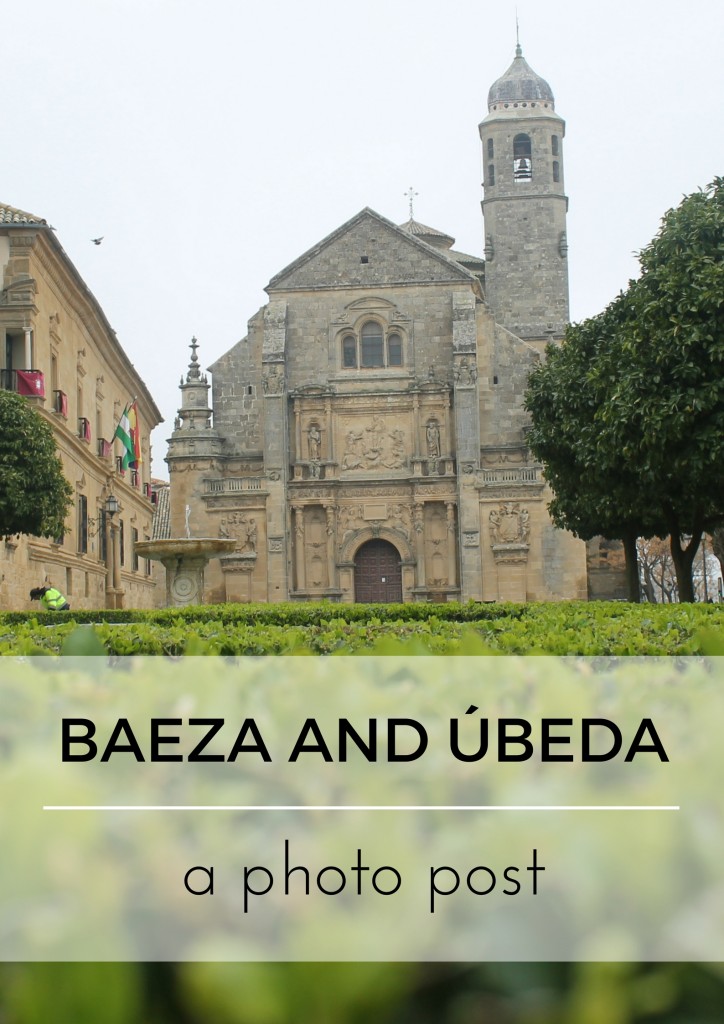
Do: In Baeza, climb the torreón at the Puerta de Baeza for views (and cheesy medieval stuff) after wandering around. In Úbeda, you can’t miss the Plaza Vázquez de Molina – and do get into the buildings if you can. Had I more time, I would have taken a guided walking tour.
Have you ever been to the Jaén province?

